|
A pair of Sandhill Cranes coming in for a landing at Whitewater Draw, McNeal, Arizona, January 12, 2021. As we approach the equinox and the first day of spring, let's look back at some of the birds that make winter in SE Arizona so special. Let's start with wading birds on our local ponds. Herons and Egrets, a Short Tail . . . . .Black-crowned Night-HeronHerons and Egrets are in the family Ardeidae in the order Pelecaniformes. They are medium to large wading birds found mostly on coastal and inland waterways, and most places in SE Arizona where there is water. Let's start with the Black-crowned Night-Heron, captured here on the duck pond at Reid Park, just south of Barnum Hill. Yes, the same Barnum hill that is part of the controversial Zoo expansion. In the images above and below, a Black-crowned Night-Heron is standing on one leg at the edge of the pond. Looks like he is waiting for a ferry. In the image above, a heron is hanging out with the local turtles, in his hunched back mode, a common pose when standing. However, his neck is quite long when extended. Below, a canine park visitor gets a bit too close, and our heron begins to take off. Herons and Egrets have very long wings, good for slow flight, and very short tails, helpful if you are wading all day looking for food. Who wants a long tail dragging in the water while looking for lunch? It is unusual to see a heron in the air, so this is a good opportunity to see the long wings with alula evident, image below. The alula is basically the birds thumb, with a few associated feathers, which is helpful aerodynamically to increase lift on slow landings. For more on the alula, see this link: Texas Coast Part V (see immature Little Blue Heron in flight) There were at least 4 Black-crowned Night-Herons at the pond that day, and one of them took flight and found a sunny spot to preen in a date palm tree just south of the pond. In the images below we can see him* scratching. *I cannot assume this is a male, as the males and females look alike. Green HeronThe Green Heron is described as having a velvet green back, but we are more likely to see the chestnut sides and dark cap. This bird was captured in the reeds on one of the southern ponds at Sweetwater Wetlands on February 12th. The heron below was sitting quite close to visitors on a rock in the stream right by the entrance on March 7th, and is partially backlit by the morning sun. Based on his coloration, he is likely a juvenile. As noted earlier, the short tail is a real advantage for wading birds. Green Herons eat fish, but also frogs. To see how much a Green Heron can swallow at one time, see my post from September 2017, "I Can't Believe He Ate the Whole Thing," Part II Great EgretGreat Egrets have orange bills and black feet, and wade in the shallows looking for fish. This bird was captured at Agua Caliente on February 9th on the newly finished east pond. He is looking for food, seems to come up short, and takes off for a short hop to the other end of the pond. The county has done a beautiful job with the reconstruction and replanting. It continues to be a popular place to visit and a great place for birds. Up in the air we can see the Great Egret's black feet. Again, a short tail and long legs, which act as stabilizers in flight. Snowy EgretThe Snowy Egret has a dark bill and bright orange feet, as well as wispy feathers that grow from the neck and back in breeding season. This bird was captured at Sweetwater Wetlands on the pond/river that the water department constructed right at the entrance. He (or she) put on a show for the visitors, stirring up prey with his feet and catching them with darting action of his bill. This bird may be a regular, and seems to feed in late morning. Egrets were prime sources of feathers for ladies' hats in the late 19th century and were hunted almost to extinction. Their plight led to the formation of the Massachusetts Audubon Society in 1896, followed by multiple state societies and the founding of the National Audubon Society in 1905. In the images shown below we can see the bright orange feet which this heron is using to stir up food from the sandy bottom. A Songbird Mash-up, I cannot pass on the passerines . . .Ruby-crowned KingletThe Ruby-crowned Kinglet is a songbird (passerine) in the family Regulidae along with other kinglets: small, highly active insectivores of forests and woodlands. The male Ruby-crowned in fact has a ruby crown, only occasionally seen when the bird is at the correct angle (as we see in the images above and below) or in the breeding season when the crown is displayed. All the images here were captured at Sweetwater Wetlands in January and February. I caught the birds in flight as I was firing off a burst of photos as they were hunting for bugs. Both images were captured at 1/1250 second at f8, a fast shutter but clearly not fast enough. In the image above and below we see the typical white eye-ring, and below the characteristic white wing-bar and black bar below it. Black-tailed GnatcatcherGnatcatchers are very small insectivores in the family Polioptilidae. Black-tailed Gnatcatchers are year round residents of the Southwestern U.S. and northern Mexico, living in arroyos and scrublands with mesquite, ocotillo and cactus, where they feed on insects and spiders. They have a white eyering with a black tail with white details on the underside, seen in the image below. These pictures were captured at Tohono Chul park, just northwest of Ina and Oracle. Bewick's WrenBewick's Wren is a small hyperactive wren with a bold white eyebrow. They are year round residents of SE Arizona and this image was captured at Sweetwater Wetlands. They eat a wide variety of insects, but also seeds and fruit during the winter which accounts for their range. John James Audubon collected the first recognized specimen of this bird and named it after his friend Thomas Bewick, a famous 18th century British engraver and author/illustrator of A History of British Birds. Common Yellow-throatThe Common Yellow-throat is an olive warbler with a yellow-throat and a black mask in the males. The bird here is likely an immature male, given the somewhat mottled appearance of the mask, photographed at Sweetwater Wetlands in February. The very last image, shown below, is a mature male, captured at Sweetwater in April of 2018, shown here to illustrate the difference. Like other warblers they eat insects and nest close to the ground. SE Arizona is in their breeding territory. Orange-crowned WarblerOrange-crowned Warblers are olive or yellowish in coloration, with a thin pointed bill, and an orange crown patch that is only rarely evident, usually when the bird is excited or agitated. Here we can see a hint of the patch in the images below as the bird turns its crown toward the camera. Getting all my Ducks in a row, or synchronized swimming at the wetlands . . . . .Green Wing and Cinnamon Teals feeding at Sweetwater Wetlands February 12th Hanging out with the Teals, Green Wing and Cinnamon that is . . . . .Both of these species were hanging out together at Sweetwater Wetlands in February, up close to the observation deck on one of the south ponds. In the images above and below we see a Green Wing Teal with characteristic head and wing markings. Below is a Cinnamon Teal to the right, with a Green Wing Teal bottoms up, feeding. In the image above and the series below we see a male Cinnamon Teal preening. Note that he appears to be scratching his back with his head, or maybe he is scratching his head with his back, but either way, it requires a long and flexible neck. A Ring-necked Duck out of water, but not for long, or, "Why am I doing this?"A Ring-necked Duck has a ring around its neck, usually very hard to see, but I think evident in the photo above. The more prominent ring is around its bill, but when it came time to name this species, the neck won. These photos were captured at Agua Caliente on February 29th. The new pond has a beach, and this duck decided to venture up onto land. Why, I am not sure, and if he knew when he left the water, he promptly forgot and turned around. Regardless of his goal, it does give us a rare opportunity to see this duck out of water. Canvasback DuckAt Reid Park on February 19th we spotted this male Canvasback Duck, with characteristic long sloping forehead, rusty head and neck and white canvas back marked by black feathers fore and aft. Females are brown overall but with the same distinctive head shape. The Canvasback is a diving duck, disappearing under water looking for plant tubers on the bottom. We are in their winter territory. They breed in the northern U.S. including Wyoming and Montana, into Canada and all the way up to Alaska. This duck will be leaving for his summer range soon. Winter is not Winter without Sandhill Cranes . . . . .Whitewater Draw is a wildlife conservation area close to McNeal Arizona managed by the Arizona Game and Fish Department. It consists of a large water/marsh area, or playa, with paths adjacent to the water and observation decks at the southeast corner of the water facing north. Sandhill Cranes migrate south every fall from as far north as Alaska and Siberia to Whitewater Draw and spend the winter roosting at the playa, and flying north to cornfields each morning to feed on residual corn from the growing season. In late morning, like clockwork, they return to the draw for some rest and hydration. The crane count for Arizona this year was 47,601, about half of them at Whitewater Draw. The numbers have been increasing in recent years, perhaps due to lack of good feeding/roosting areas other places. In the image above we see two cranes together, circling for a landing after their morning in the cornfields. Cranes mate for life, and families often stay together for the migration. It is common to see groups of 5 to 7 cranes flying and landing together. Given the high crane count this year, it is common to see the sky darken in late morning as thousands of birds fly down from the northern fields back to Whitewater Draw. Below we see flocks approaching the playa. The birds circle above the marsh as they descend and find their landing spot. As they approach their landing they drop their legs to slow down and maintain balance. Note that like herons and egrets the tail is relatively short and shorter than the legs in flight. In the image above, three cranes find their landing spot. This is likely a family group. It is cold in McNeal in January. In the images below we see some of the cranes standing on the ice, and others in the water drinking. For more on Sandhill Cranes, see these posts from prior years: Whitewater Draw: December 2015, Whitewater Draw, January 2018 Speaking of Mash-ups, let's close with Javelina, a Rock Squirrel, and a Chinese Goose . . . . .On February 2nd we traveled to Catalina State Park for some winter birding. We did not see a lot of birds, but we did see a squadron (really, that's what it is called!) of Javelina on higher ground feeding on vegetation including prickly pear cactus. Javelina are Peccaries, hoofed mammals originating from South America. Although they look like pigs they are not. They have distinct scent glands which they use to identify each other. They are docile if left alone but can be aggressive if approached, especially if with offspring. Feeding them in your yard is a bad idea. They become too comfortable close to people and can get aggressive. The day we went birding at Sweetwater Wetlands and photographed the ducks feeding on the pond, a Rock Squirrel posed right next to the trail. Rock Squirrels are residents of the southwest and Mexico. They are social animals, living in complex burrows, which provide safe shelter, living space and food storage. They are well acclimated to our climate, being able to go long periods of time without water. They are primarily herbivores. Back to Reid Park and Barnum Hill, I captured this Chinese Goose shown below who seems to be a permanent resident, and attracts much attention from visitors. The Chinese Goose is a breed of domesticated goose descended from the wild Swan Goose. They have a knob on the upper side of the bill, more prominent in males than in females. This goose was likely left at the park in days past, and is now a regular resident. Note that it is important not to leave pets or domesticated birds at parks and preserves, where they may not survive or may become dominant over our native species. This large goose is very photogenic. Yes, you guessed it, the end! That's it for the winter wrap-up. Stay safe, stay well, and get vaccinated as soon as you can! Happy trails! Spring is here!
2 Comments
|
AuthorHenry Johnson, photographer and author of this site. For more detail, see About
Categories
All
Archives
July 2024
|
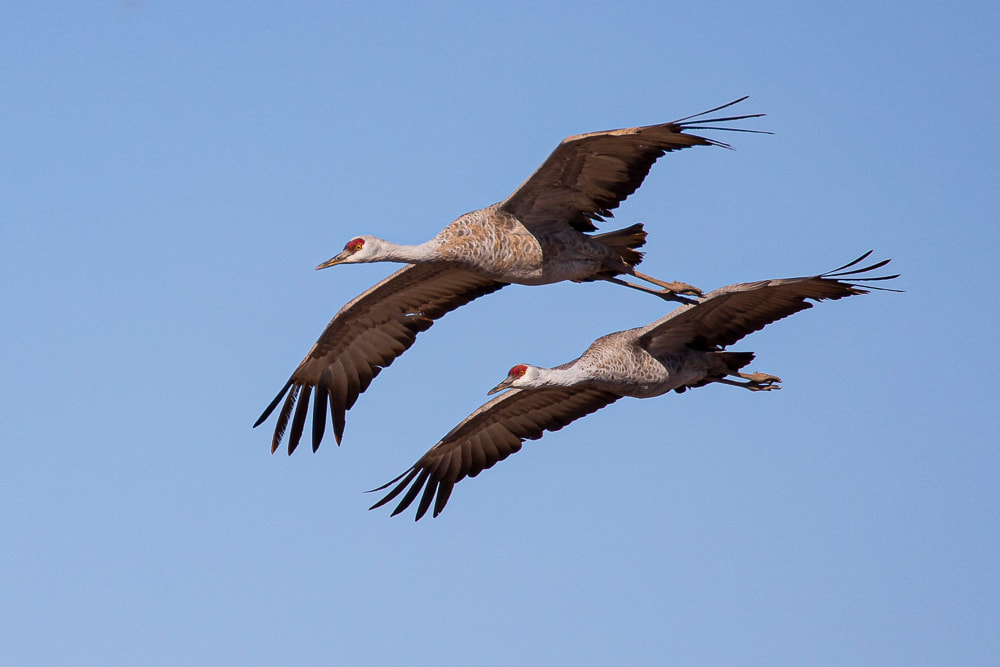
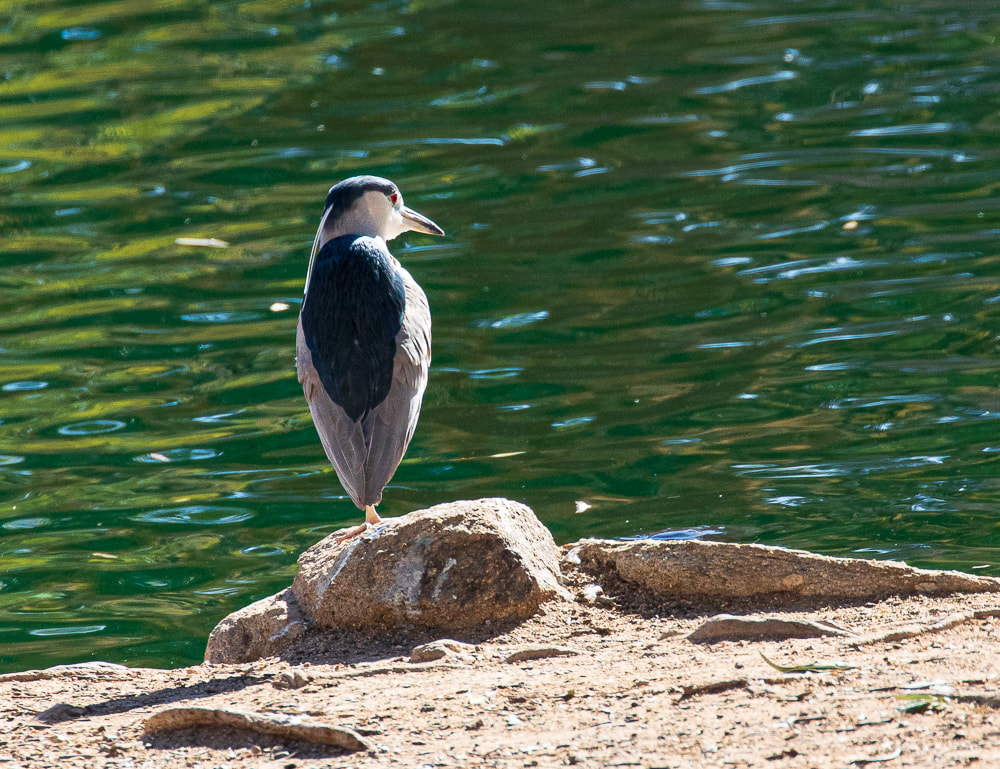
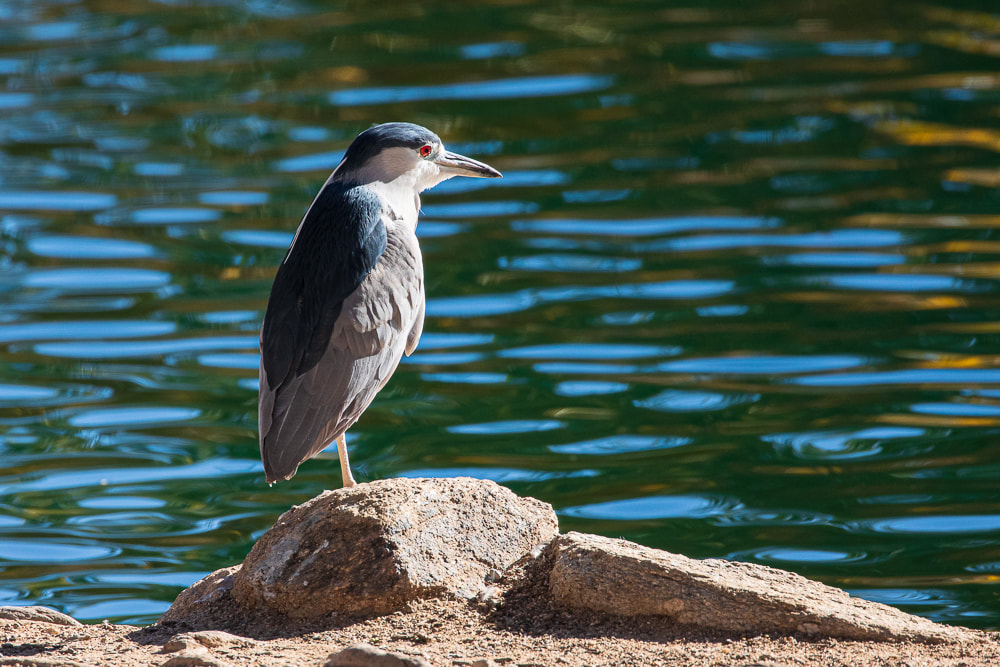
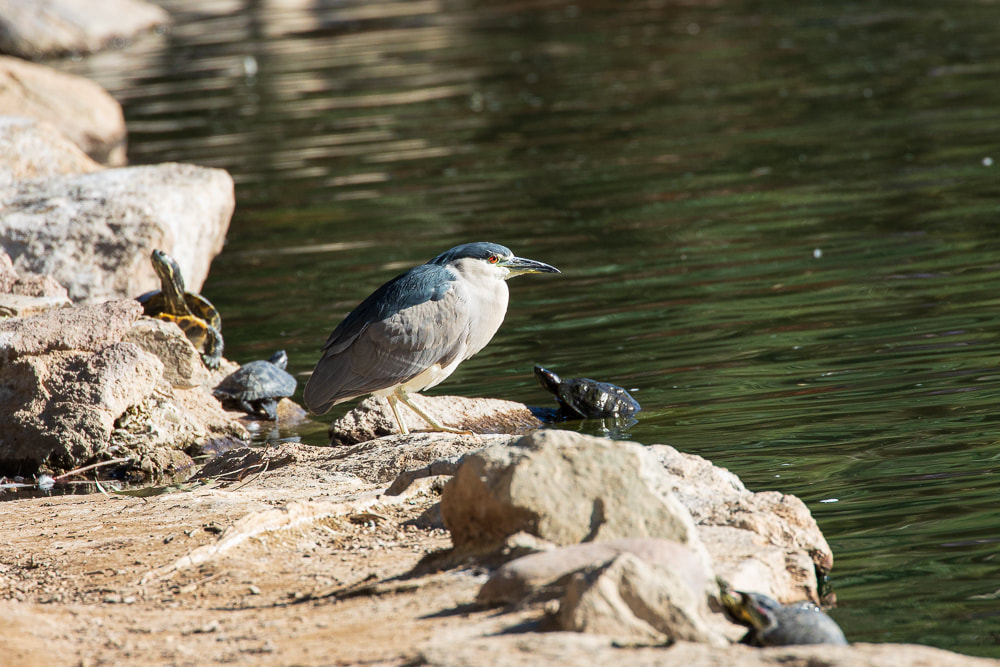
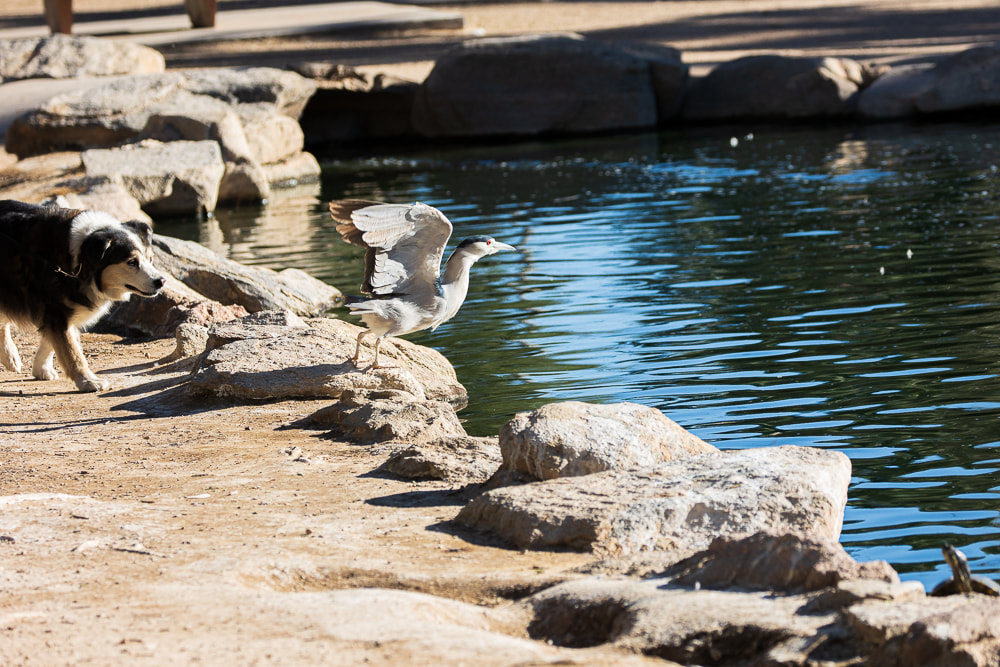
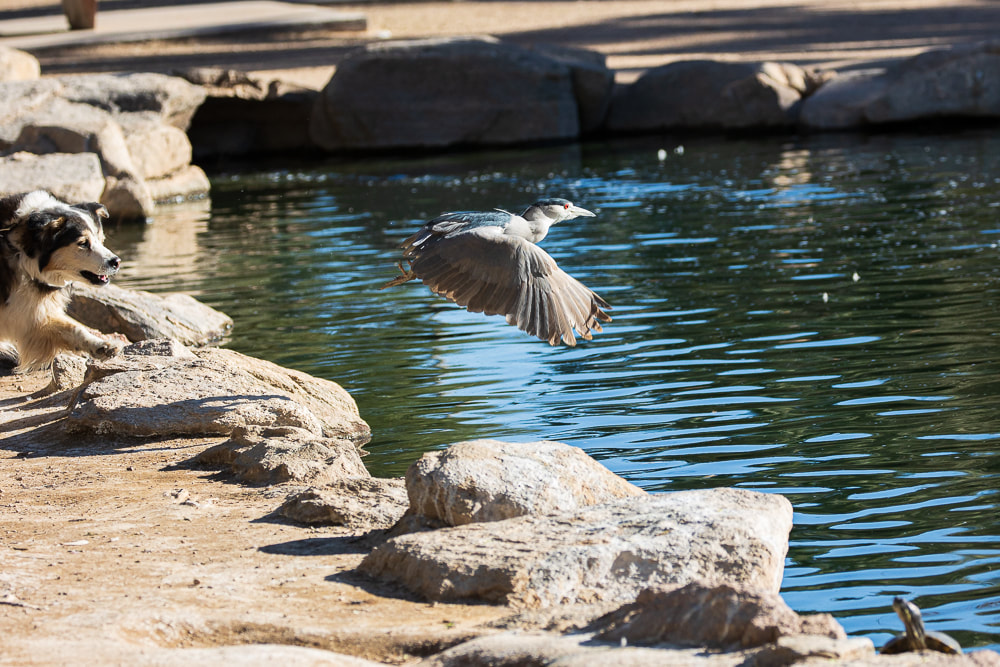
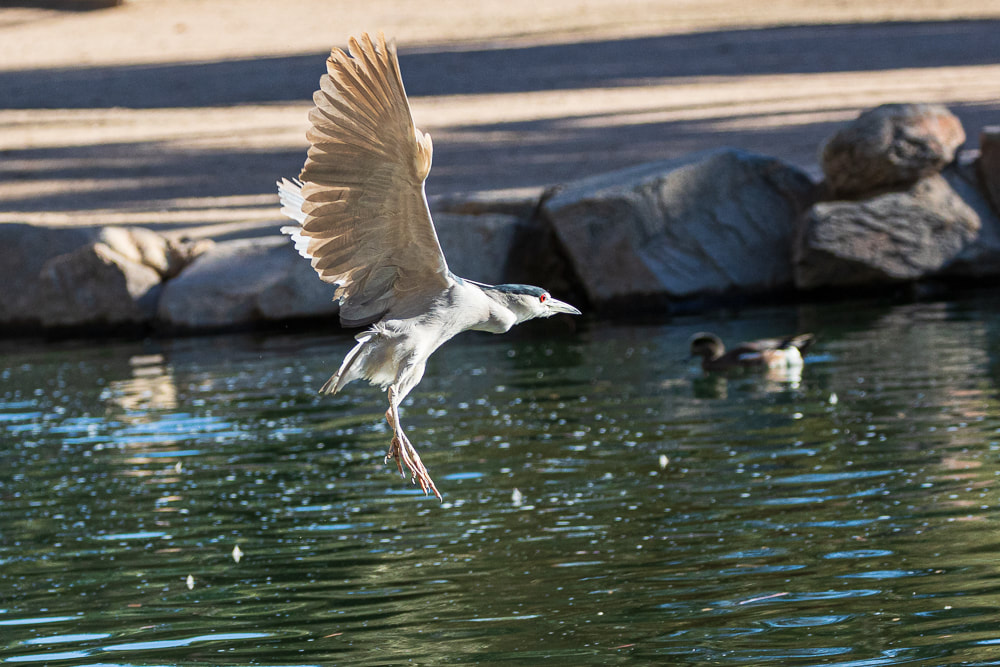
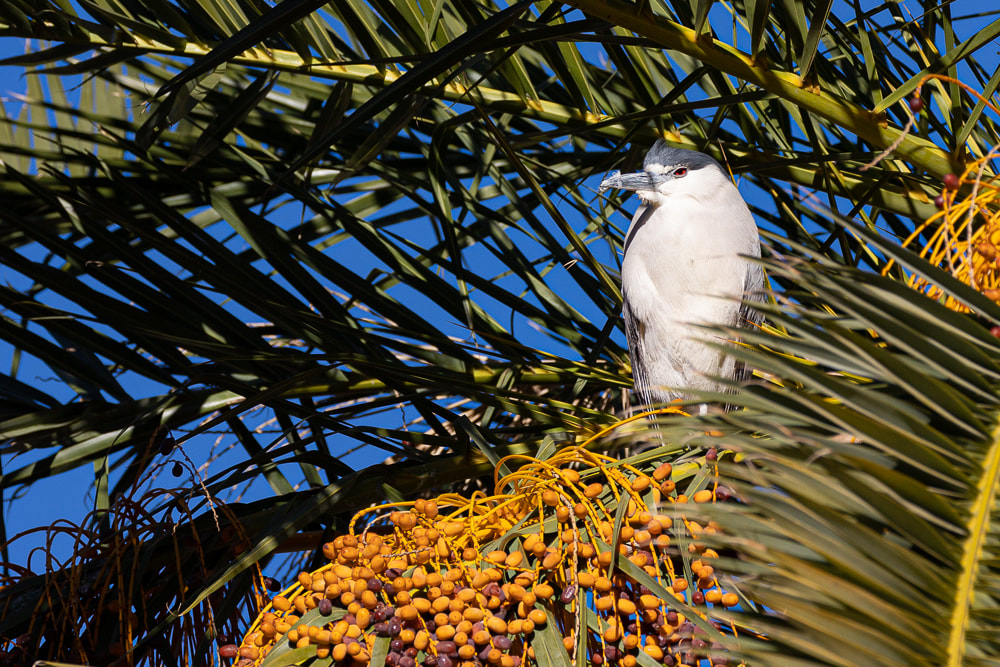
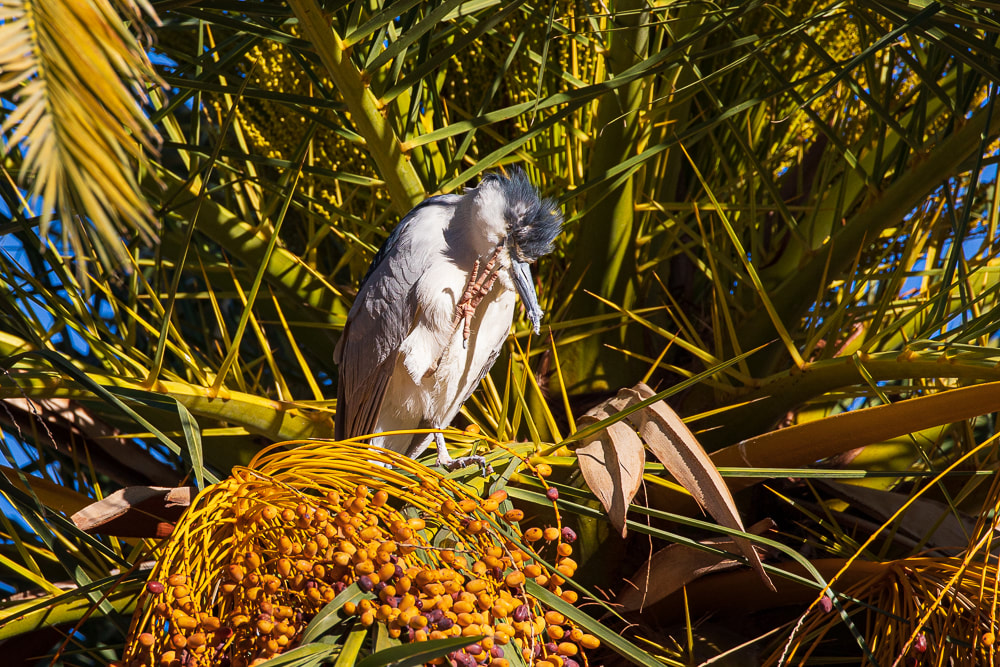
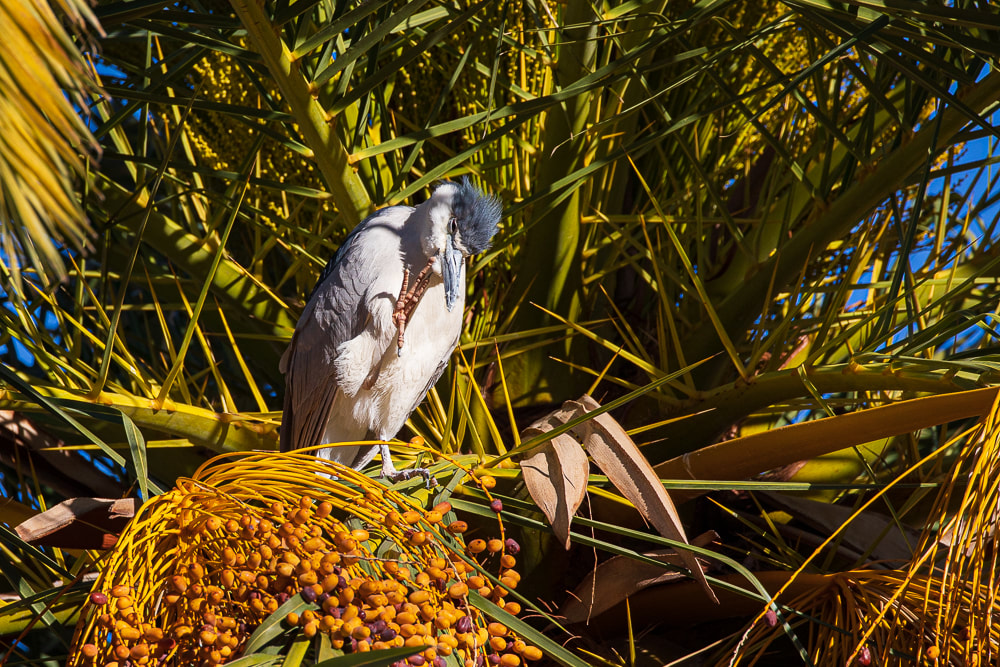
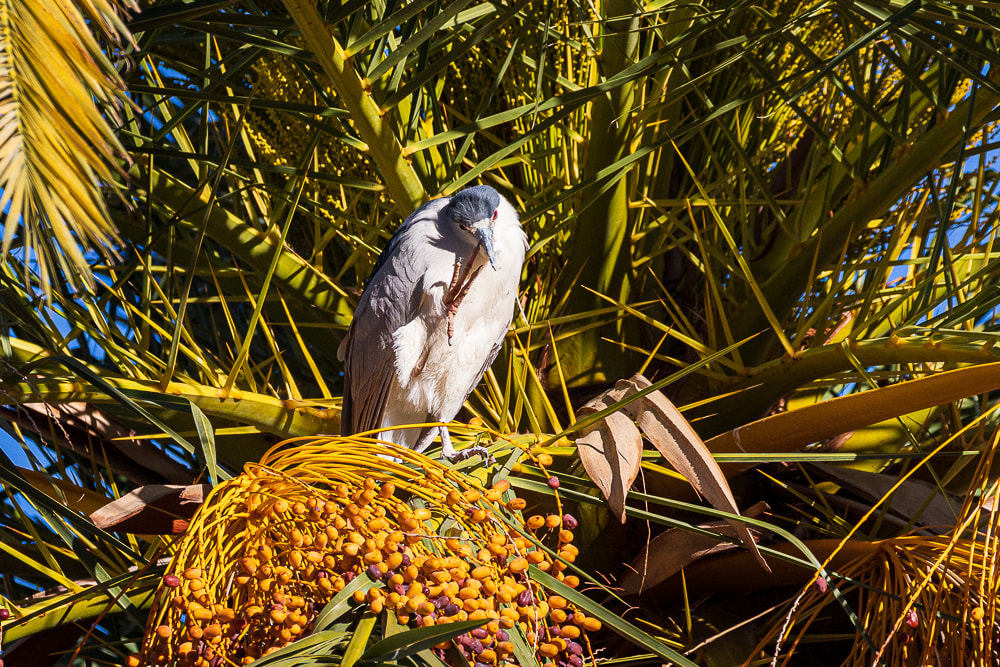
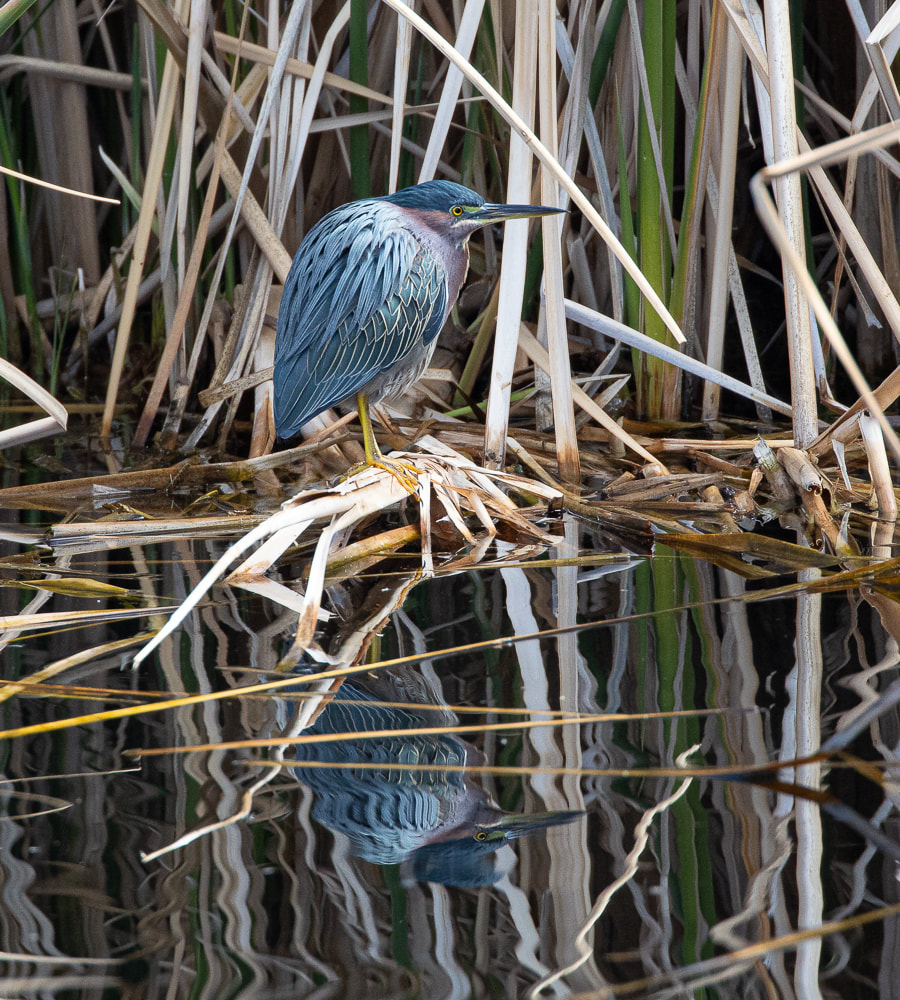
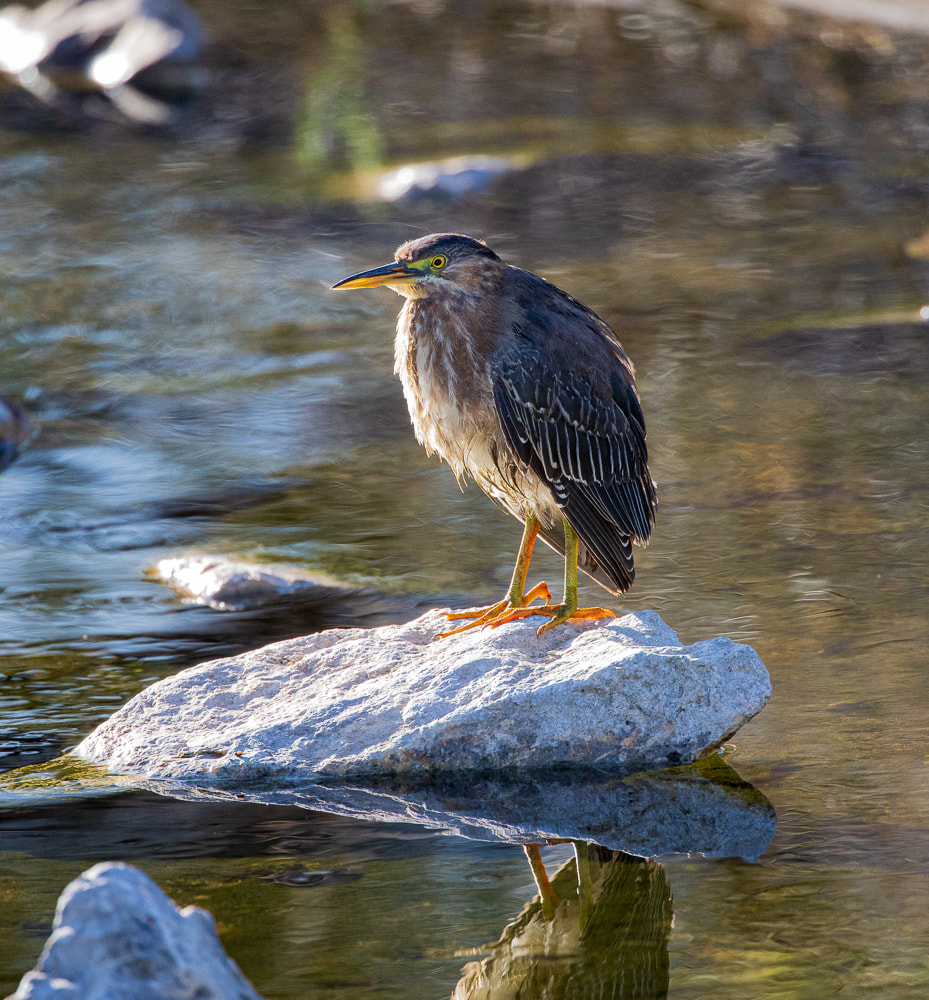
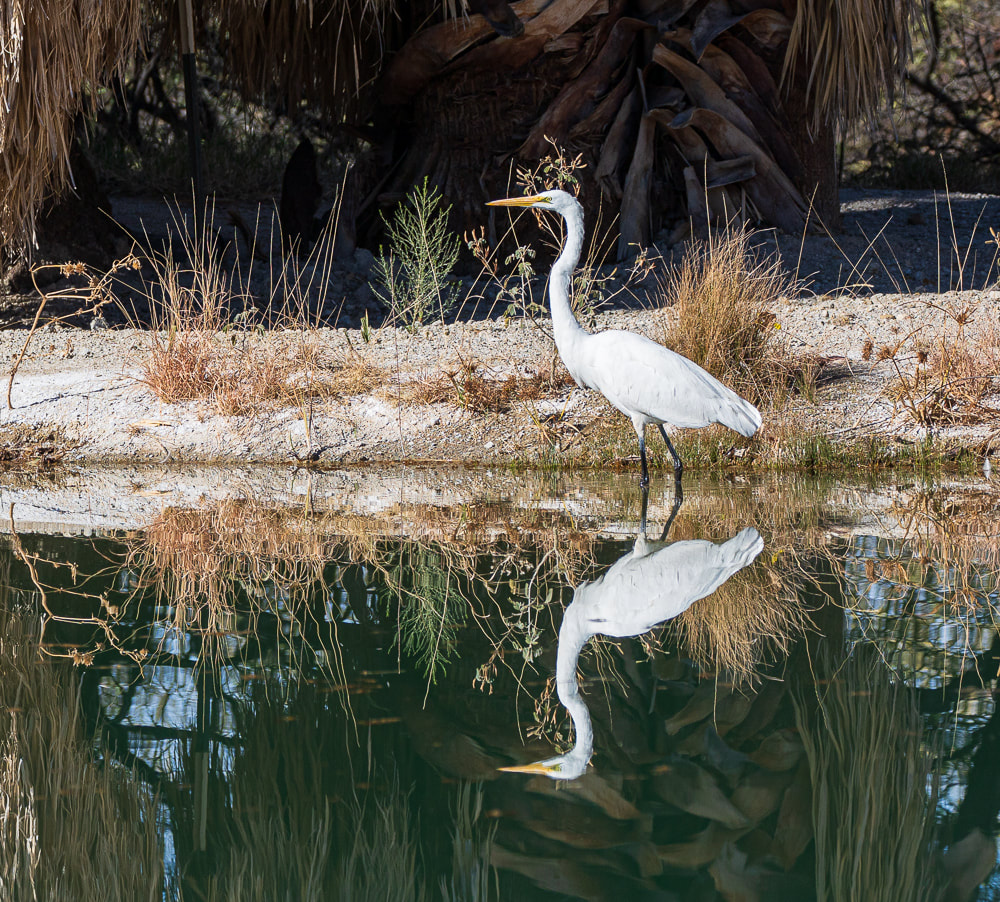
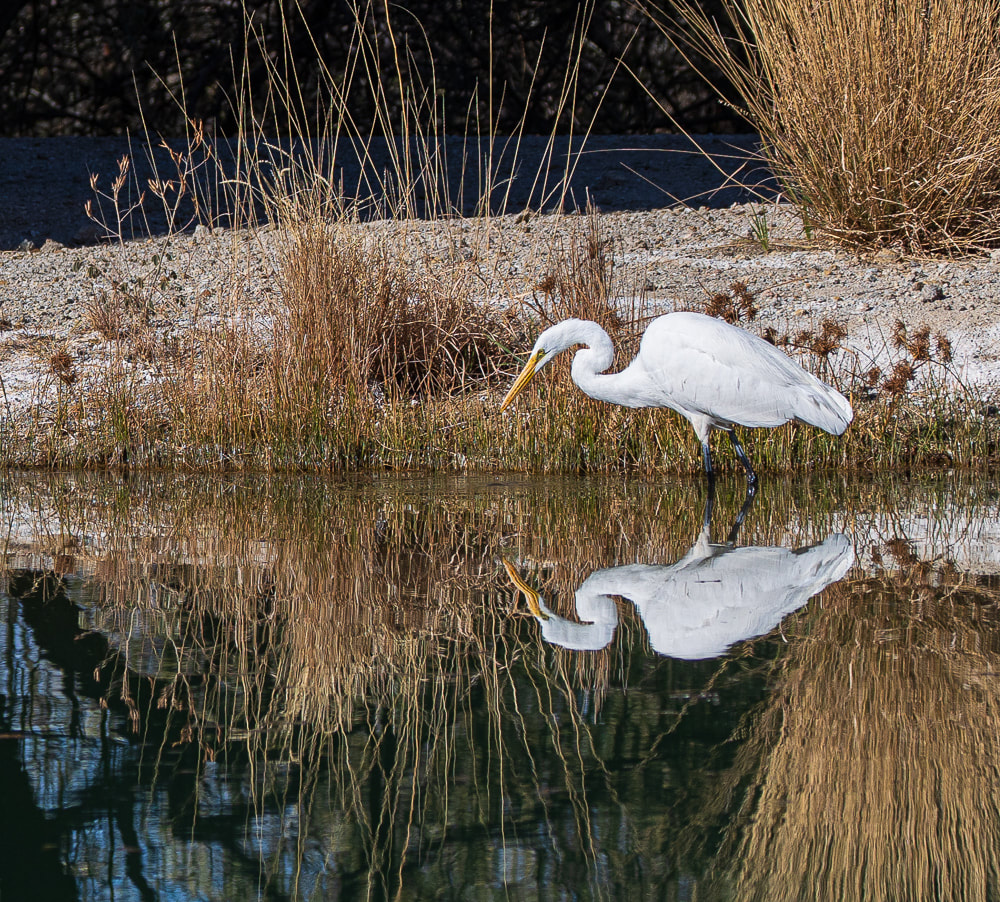
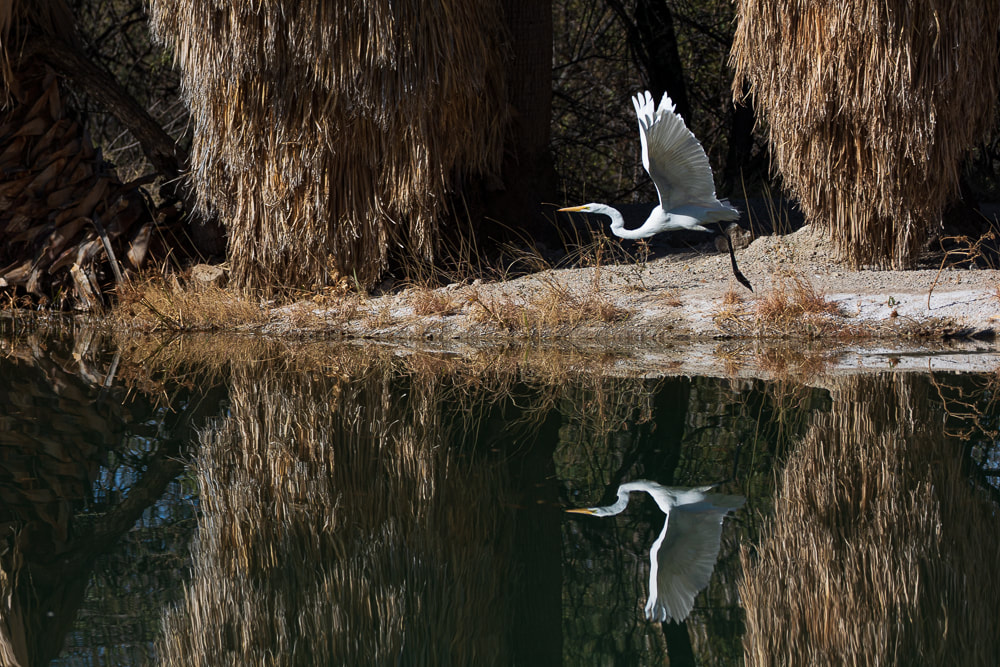
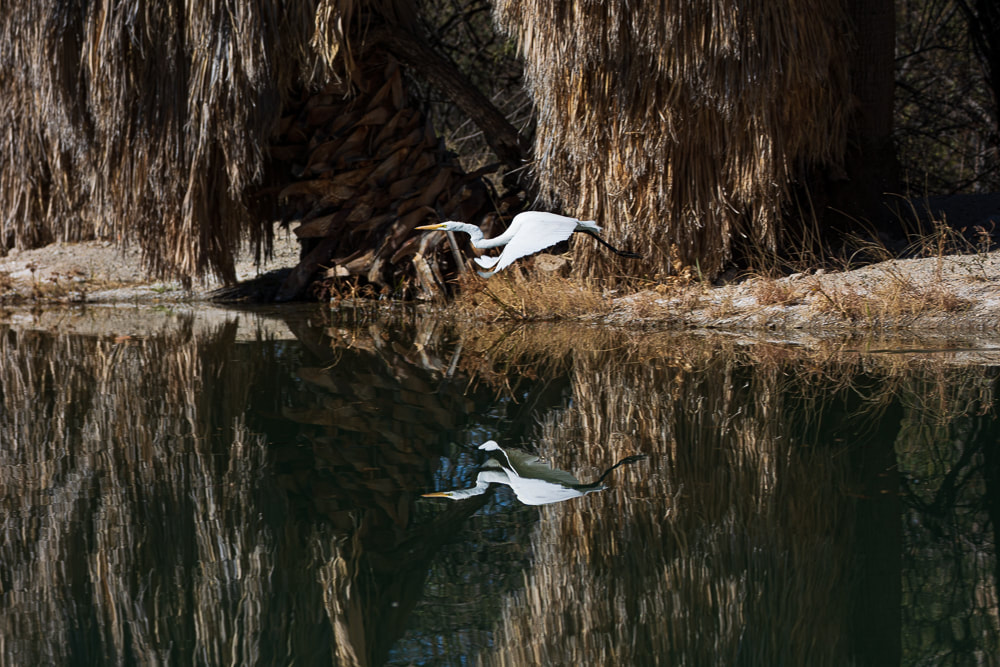
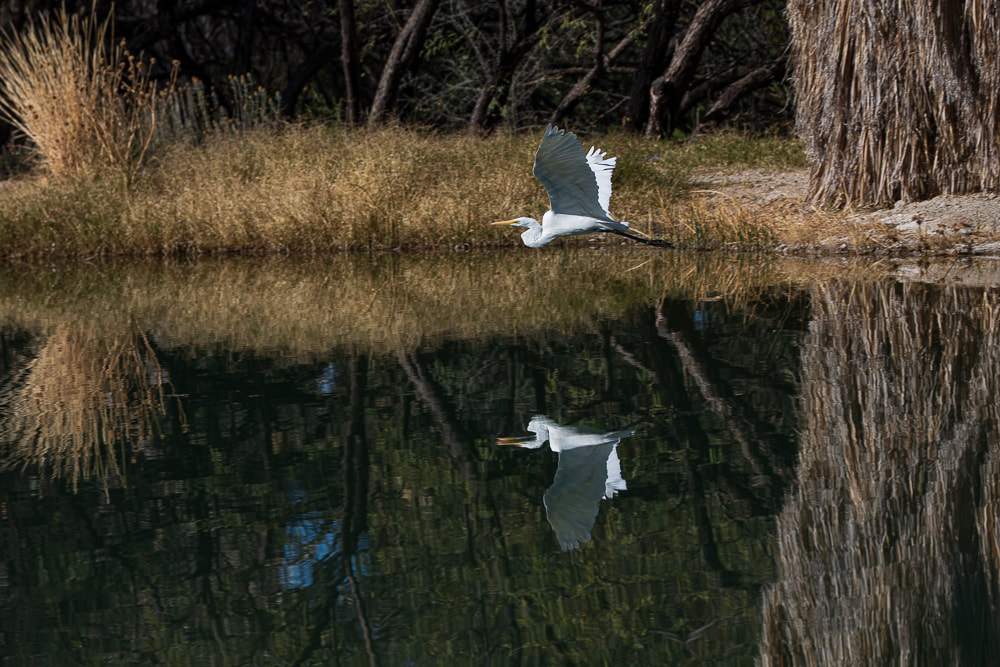
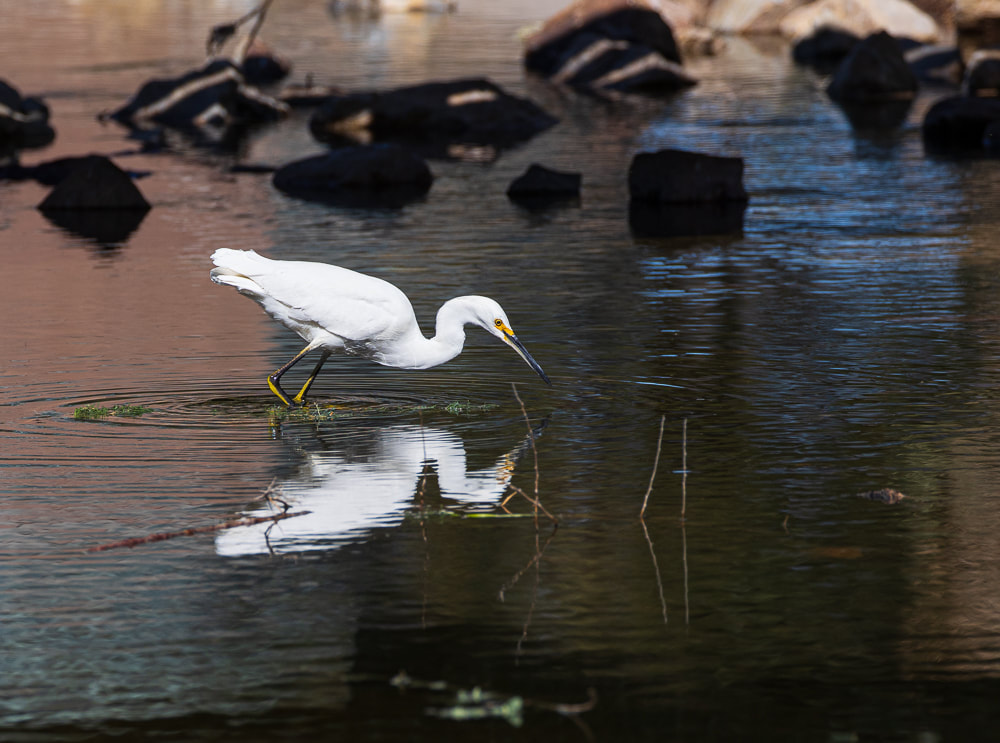
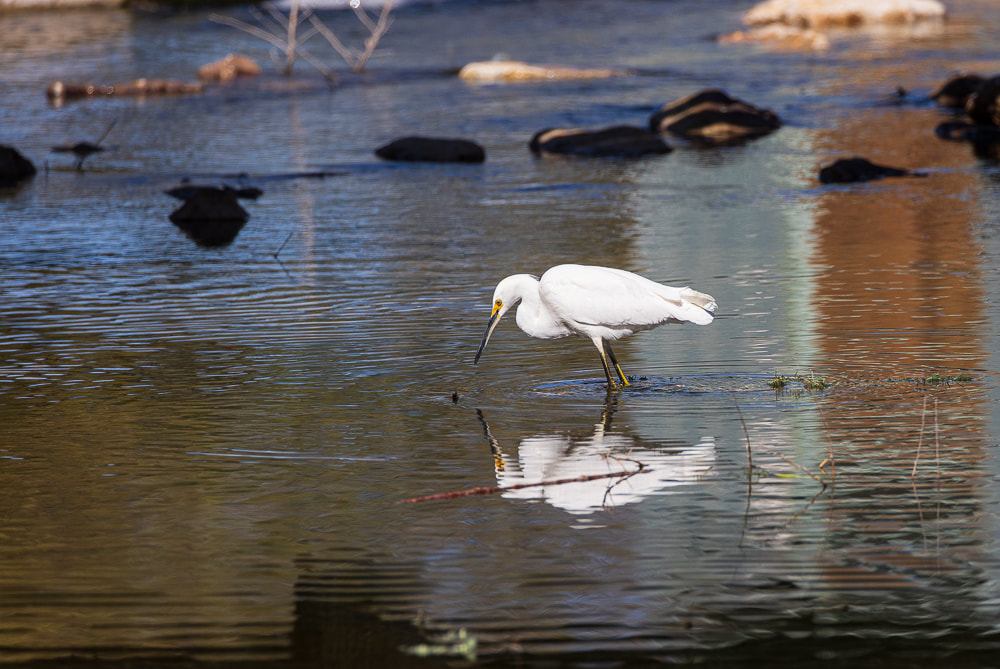
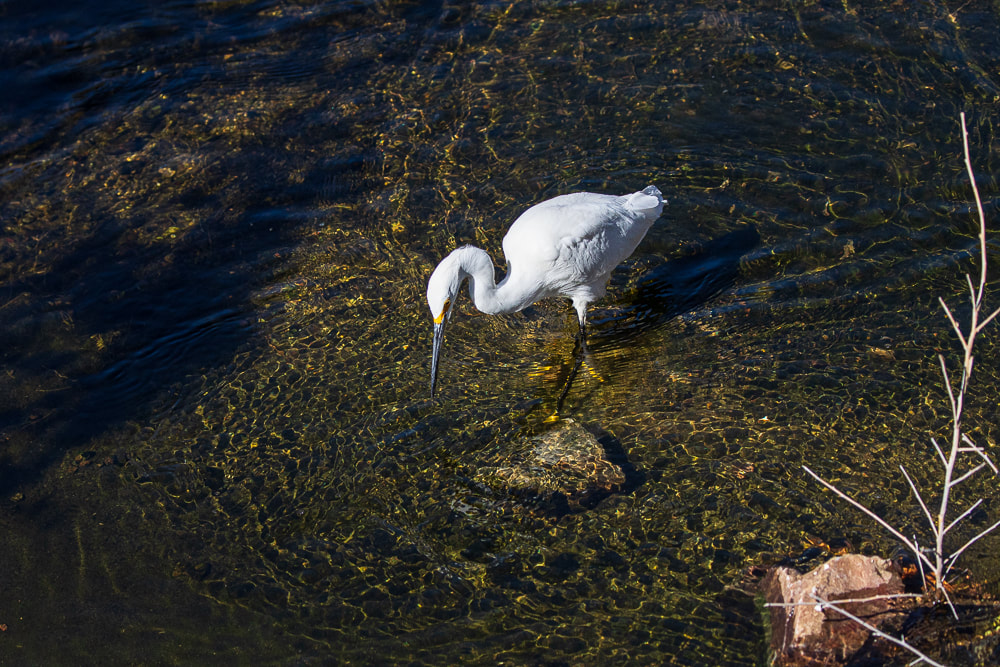
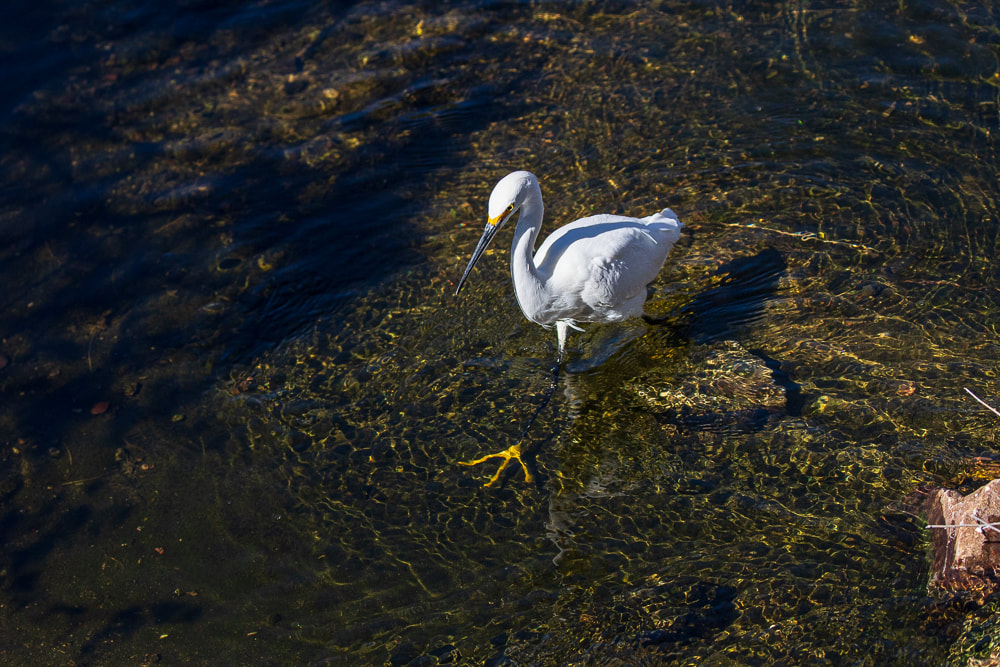
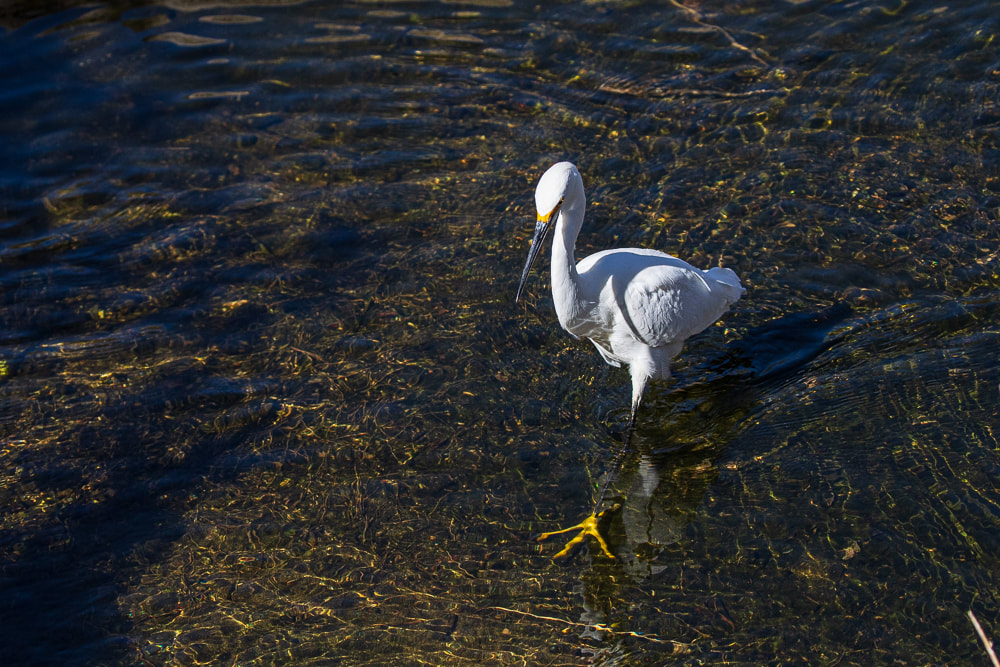
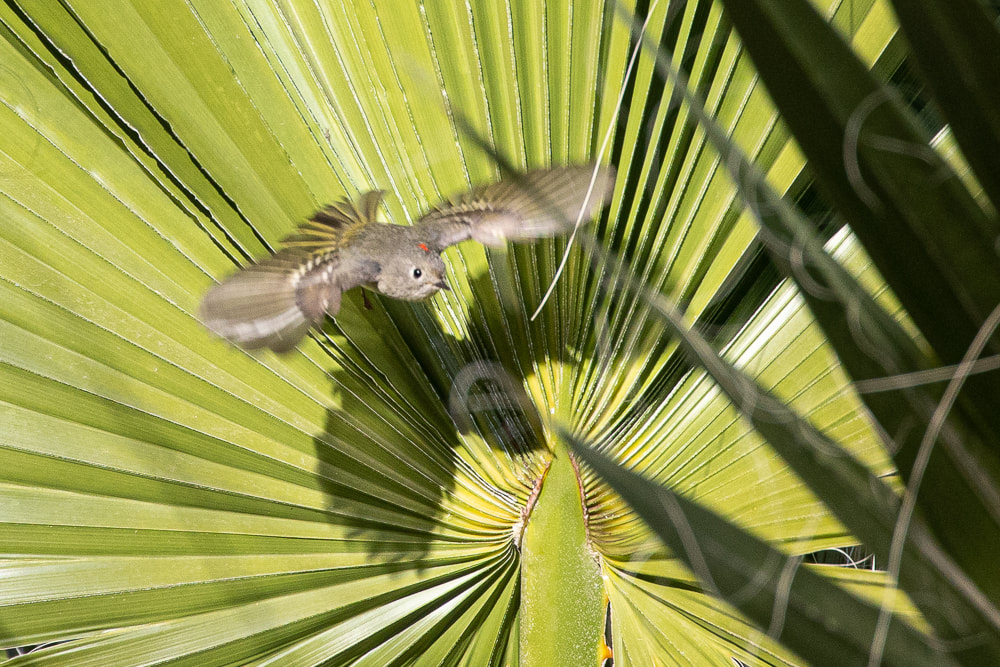
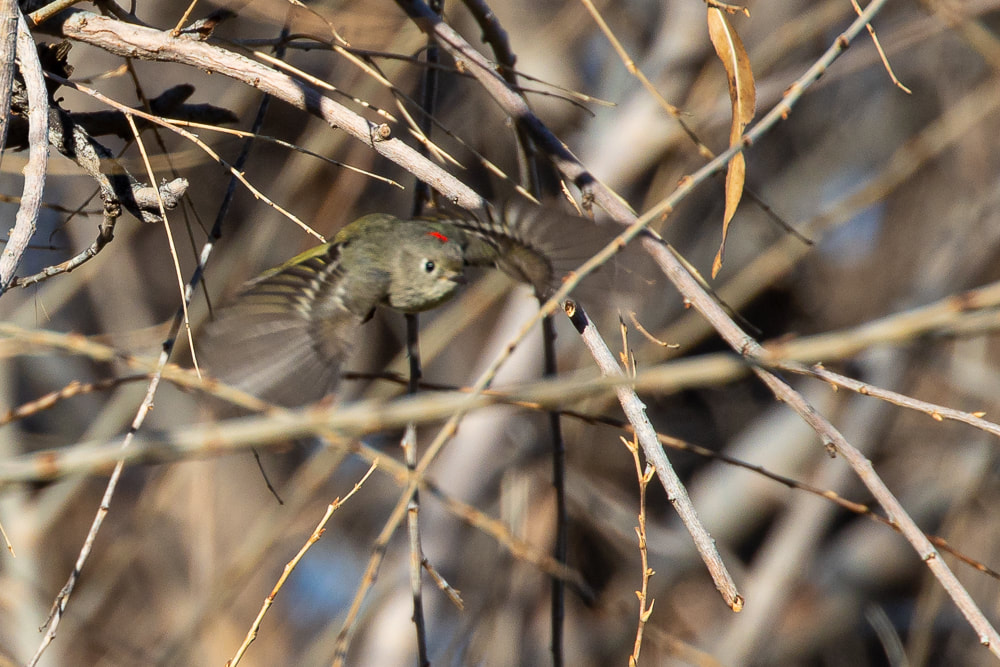
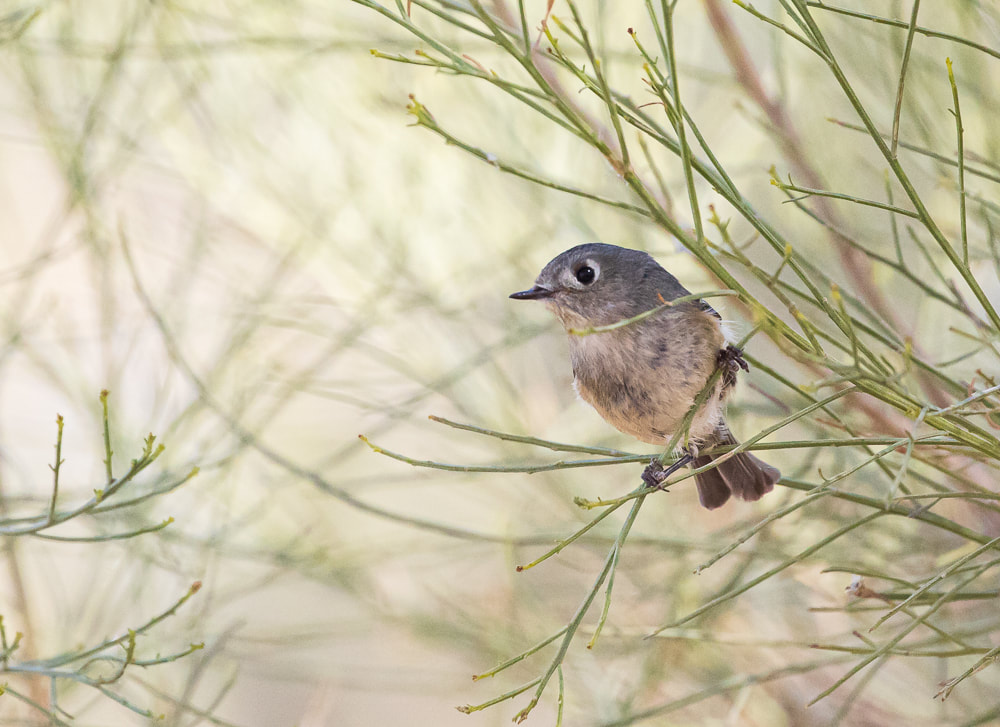
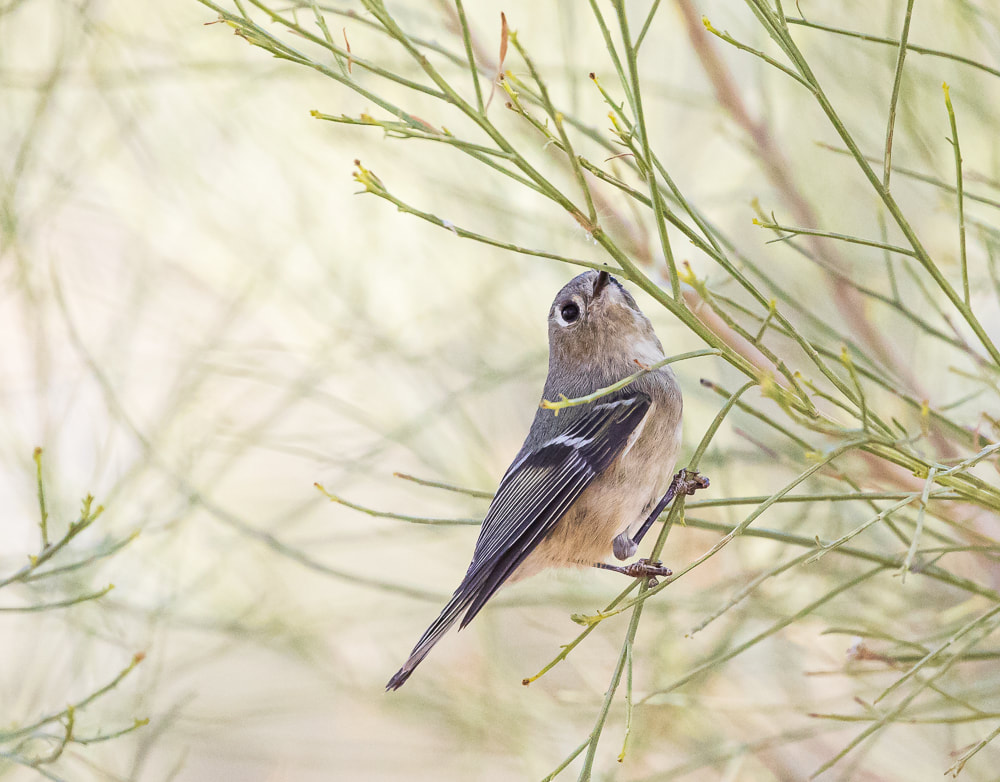
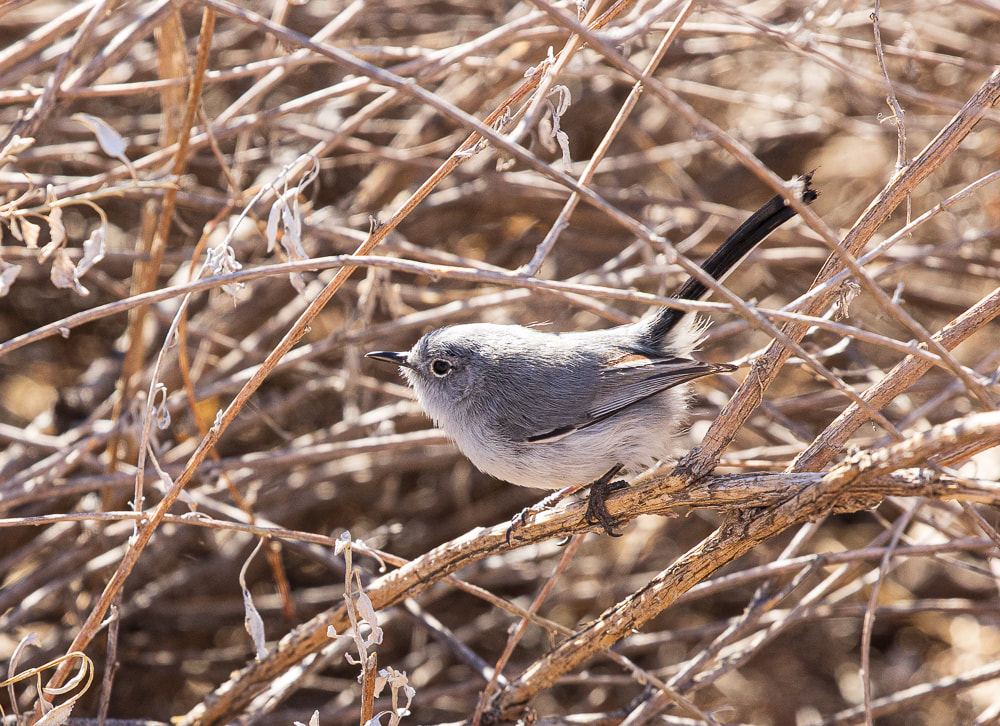
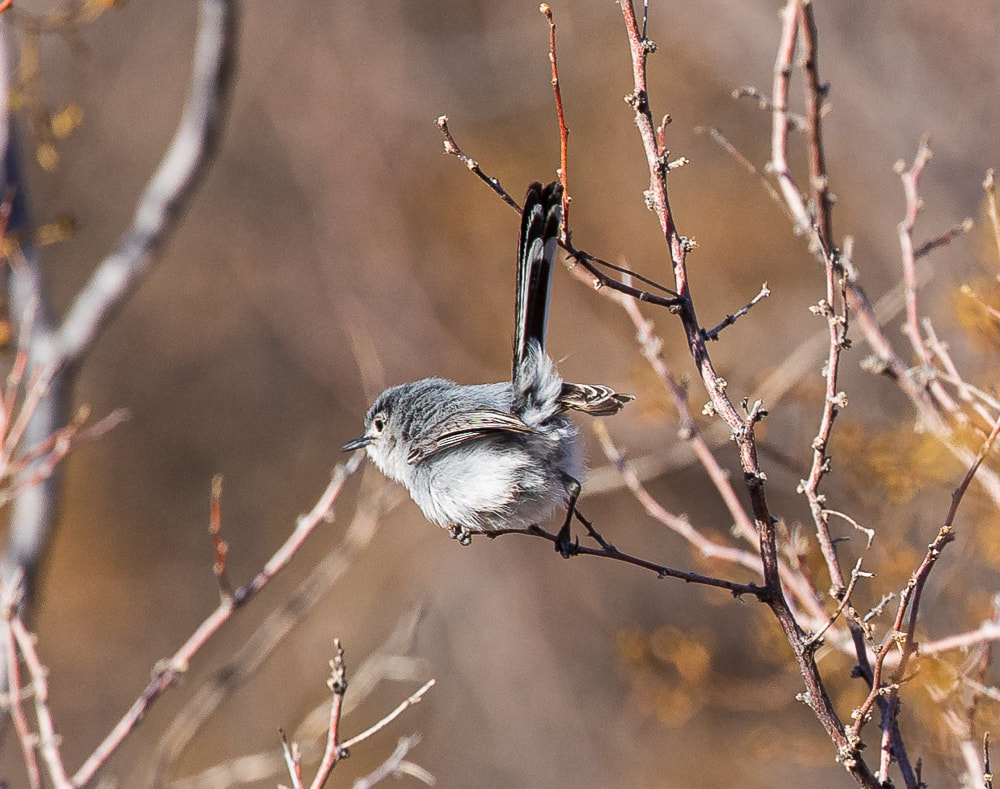
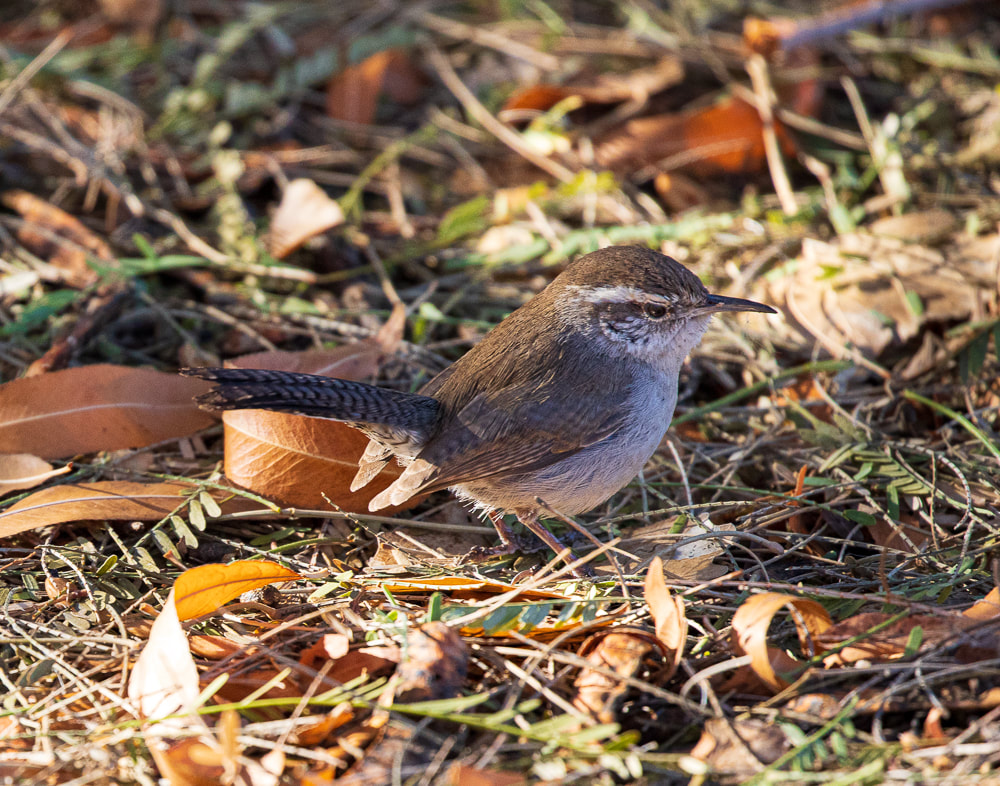
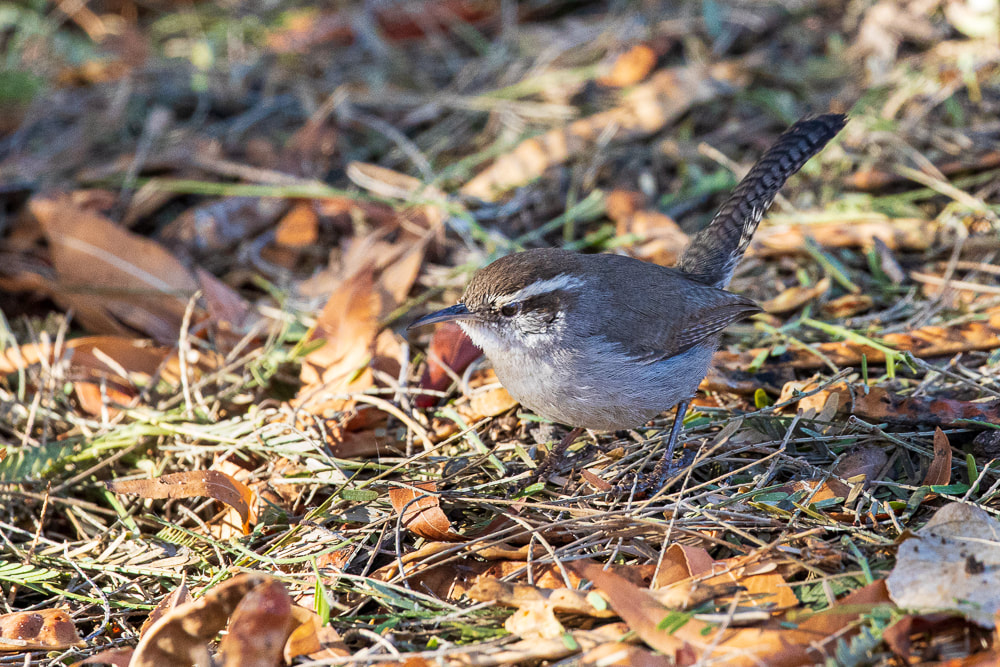
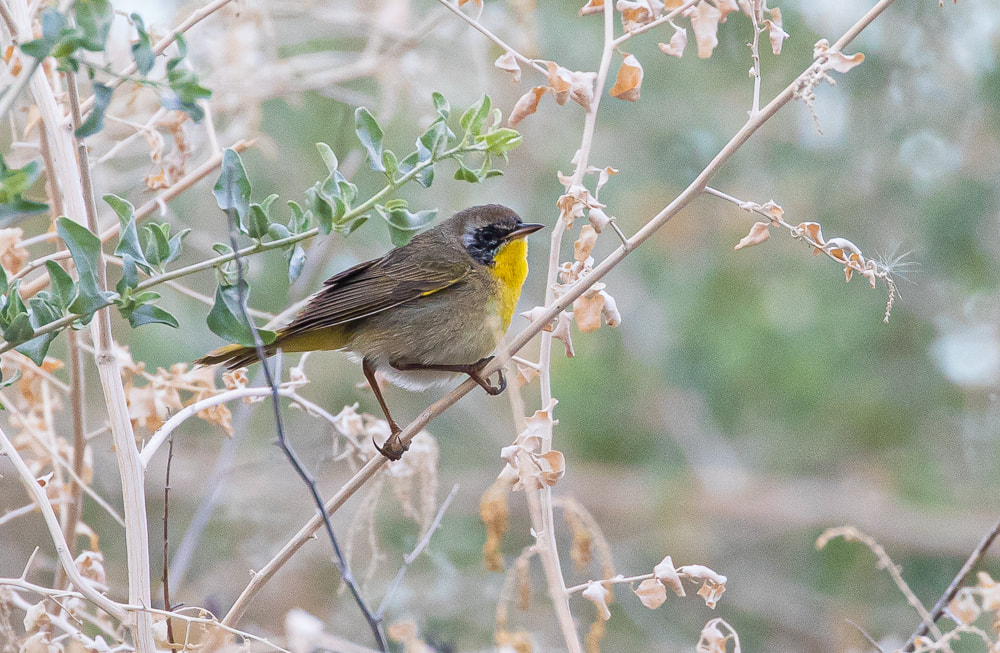
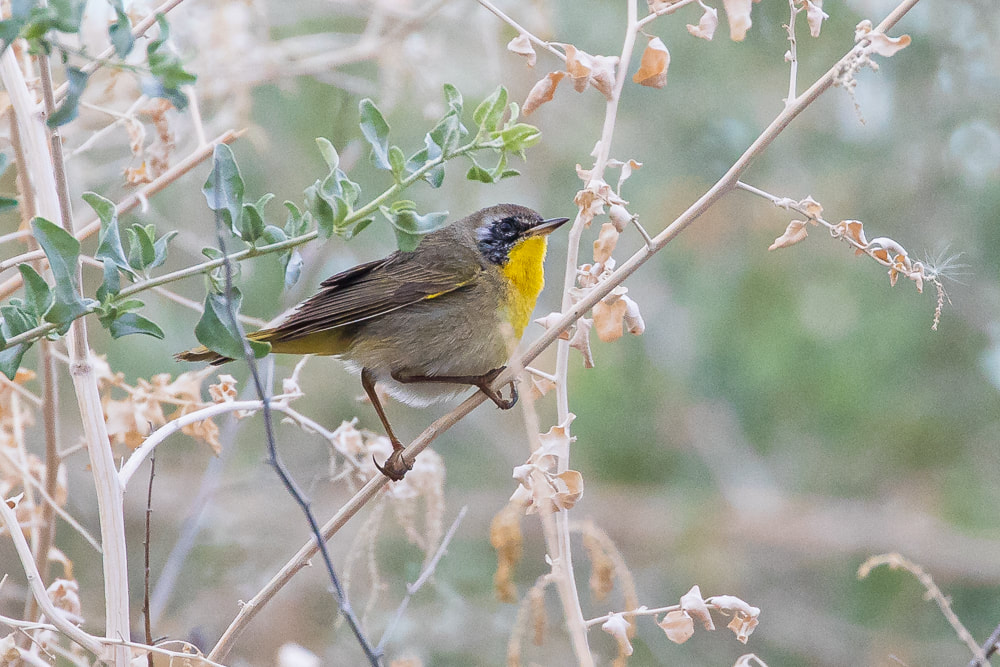
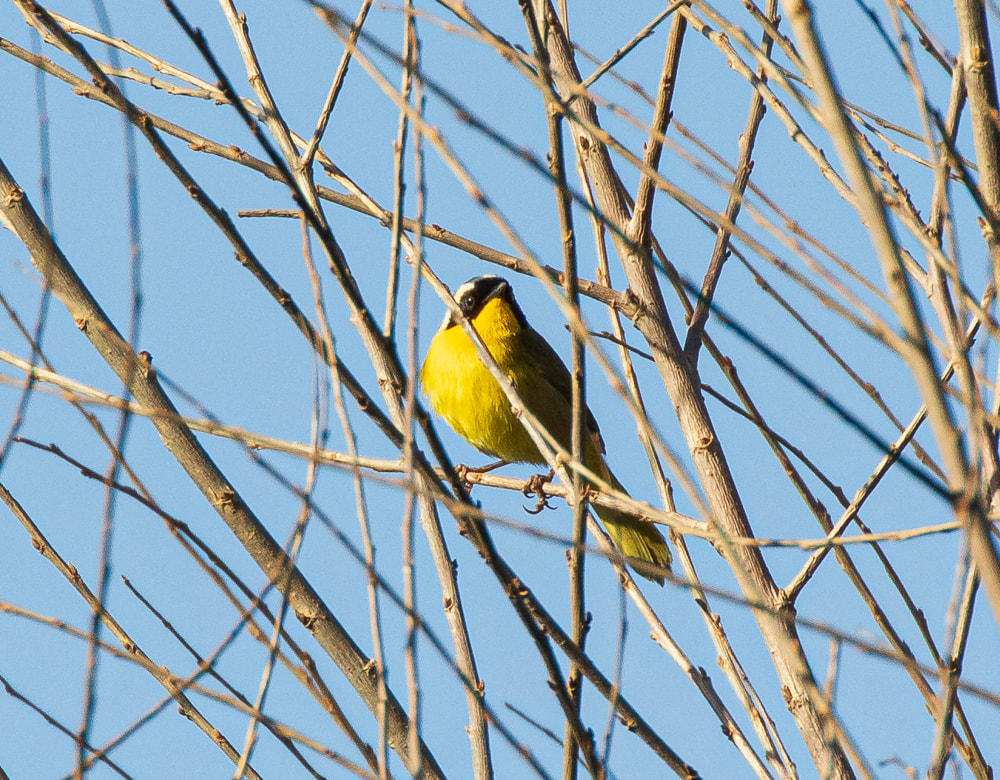
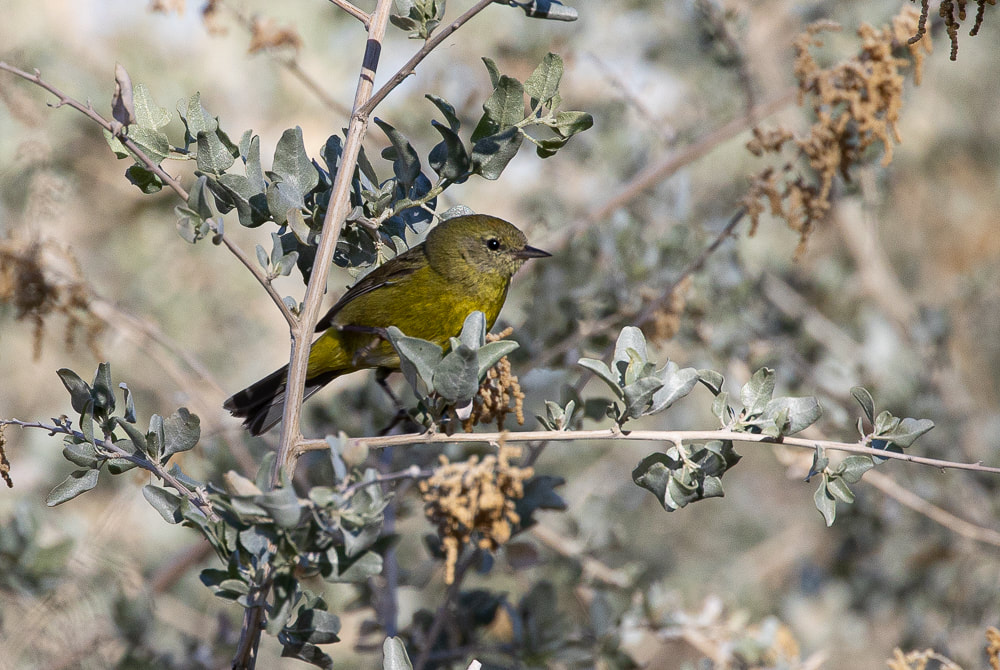
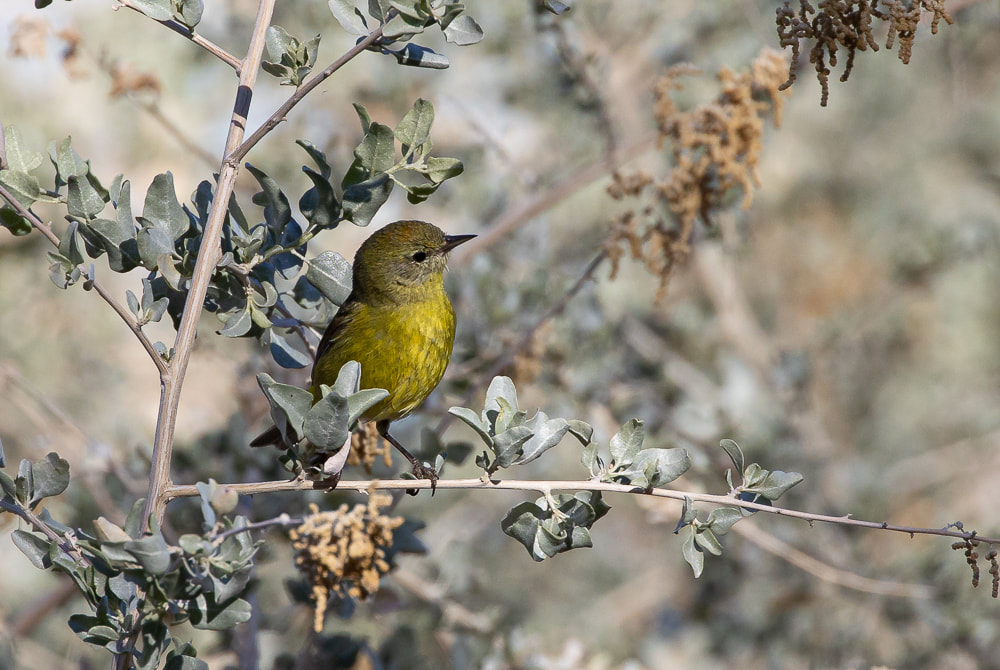
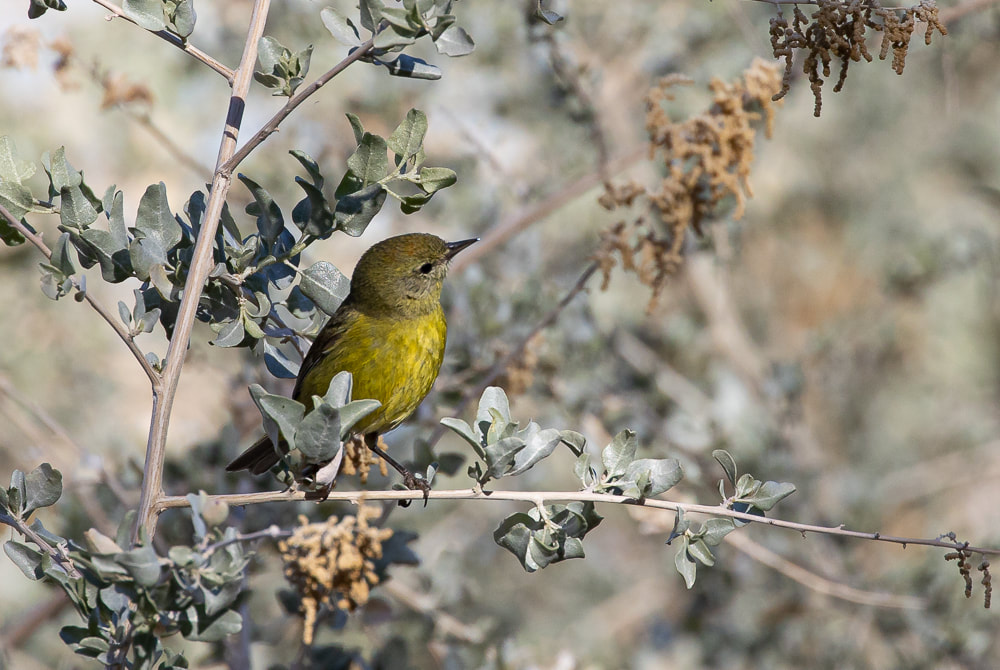
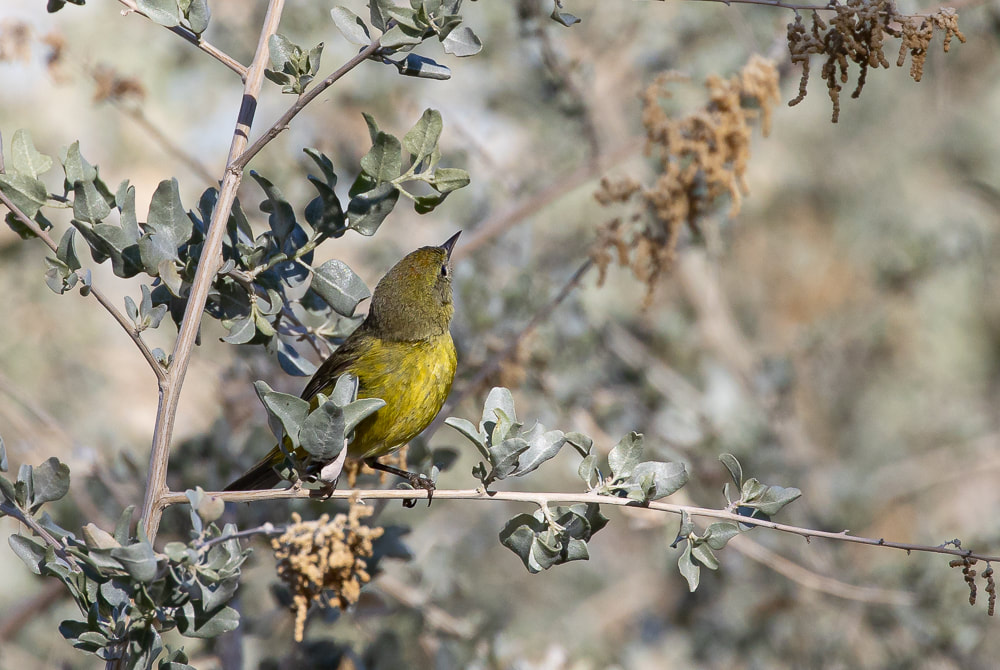
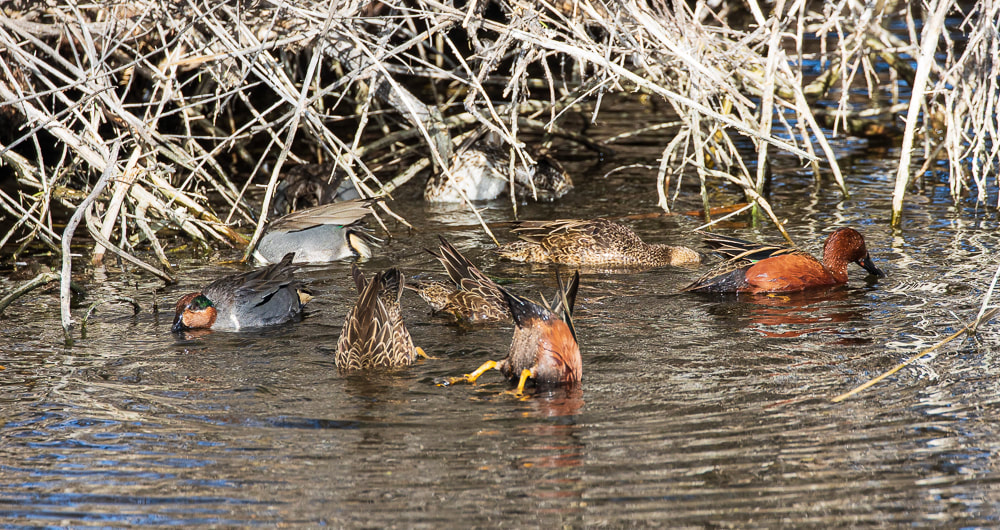
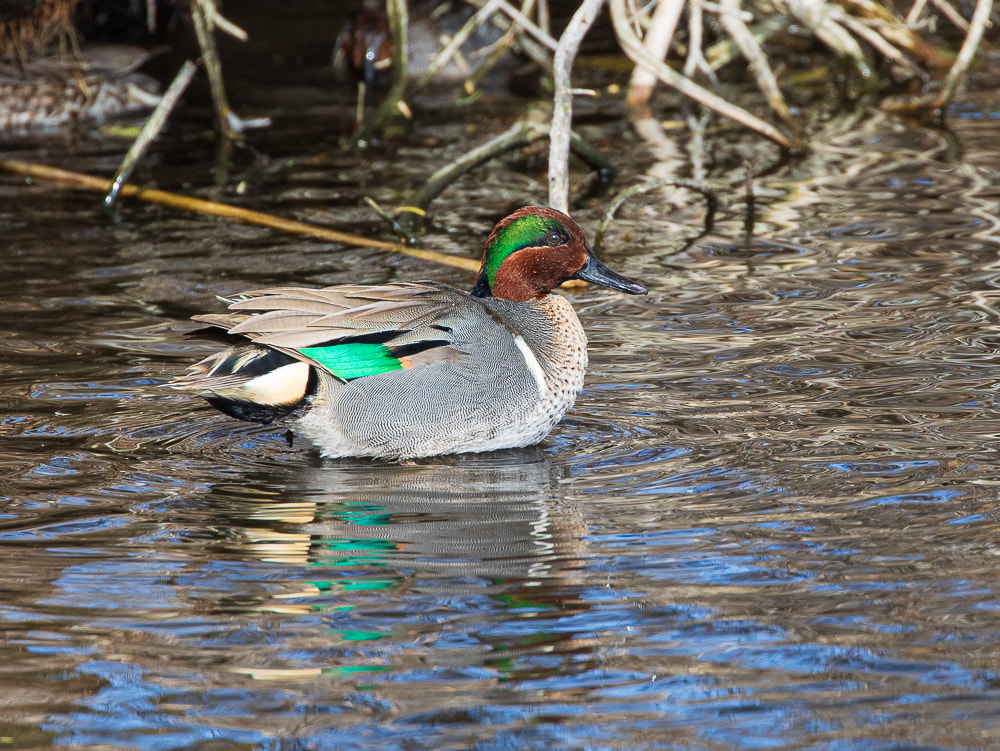
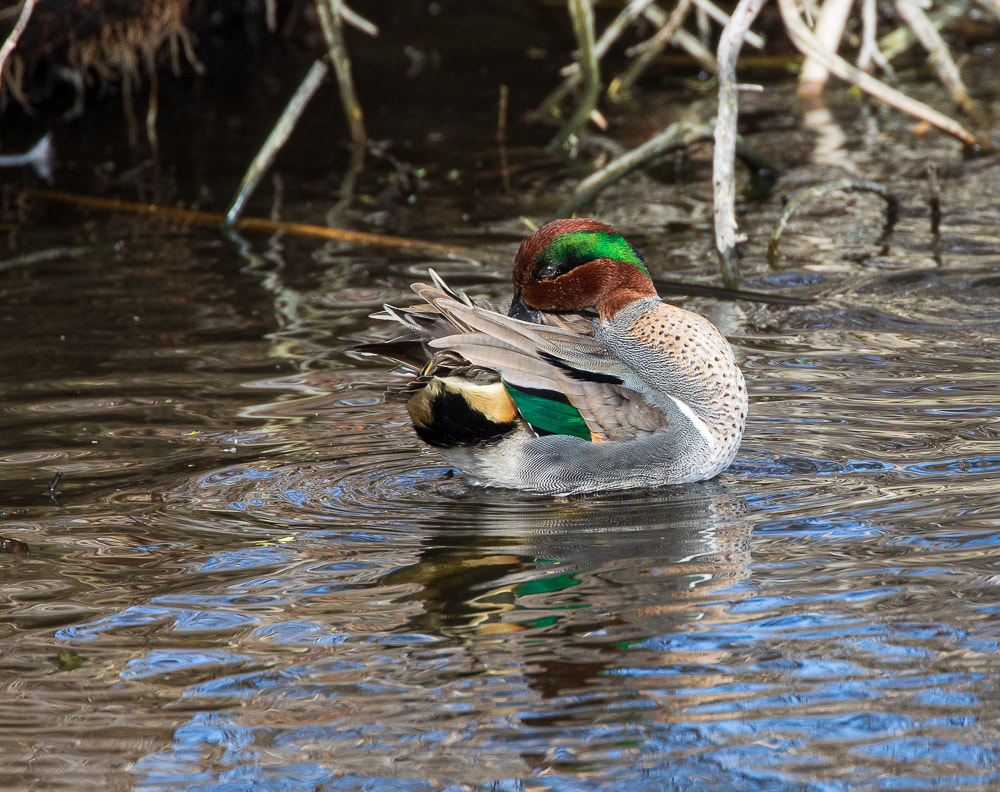
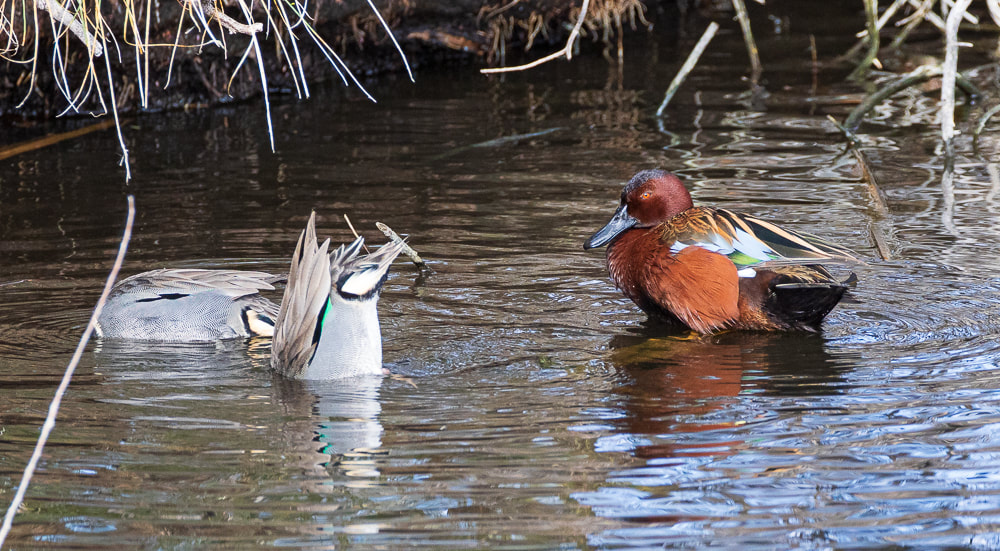
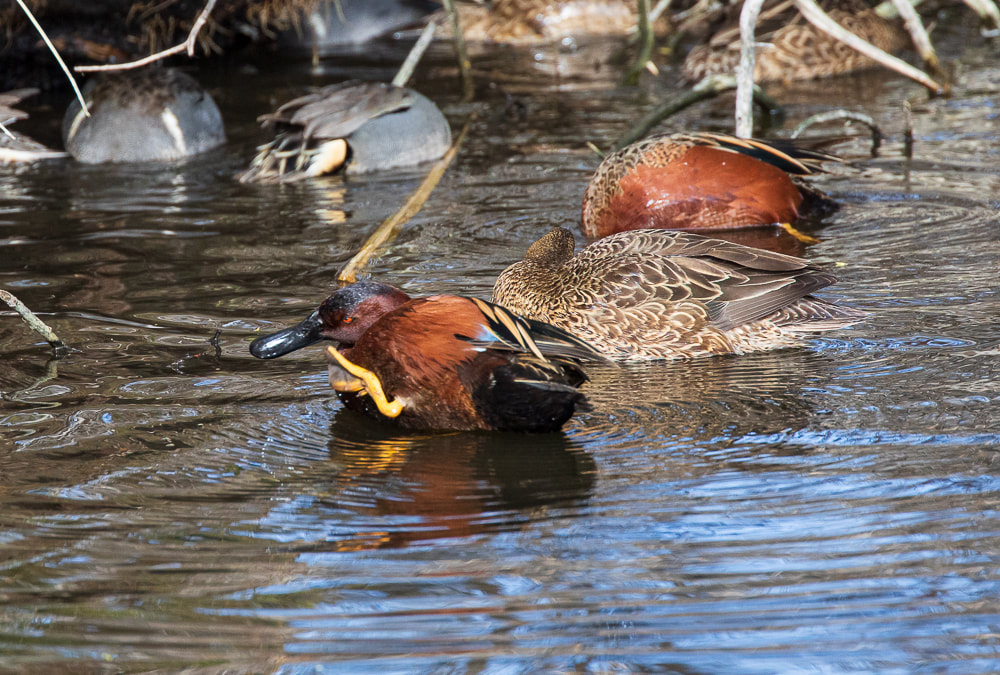
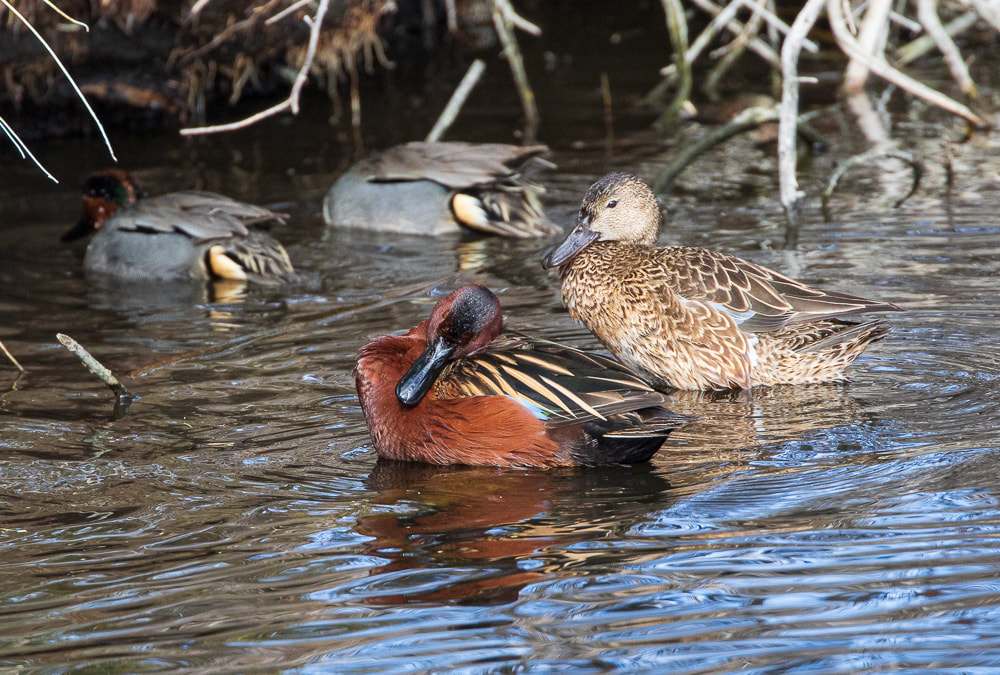
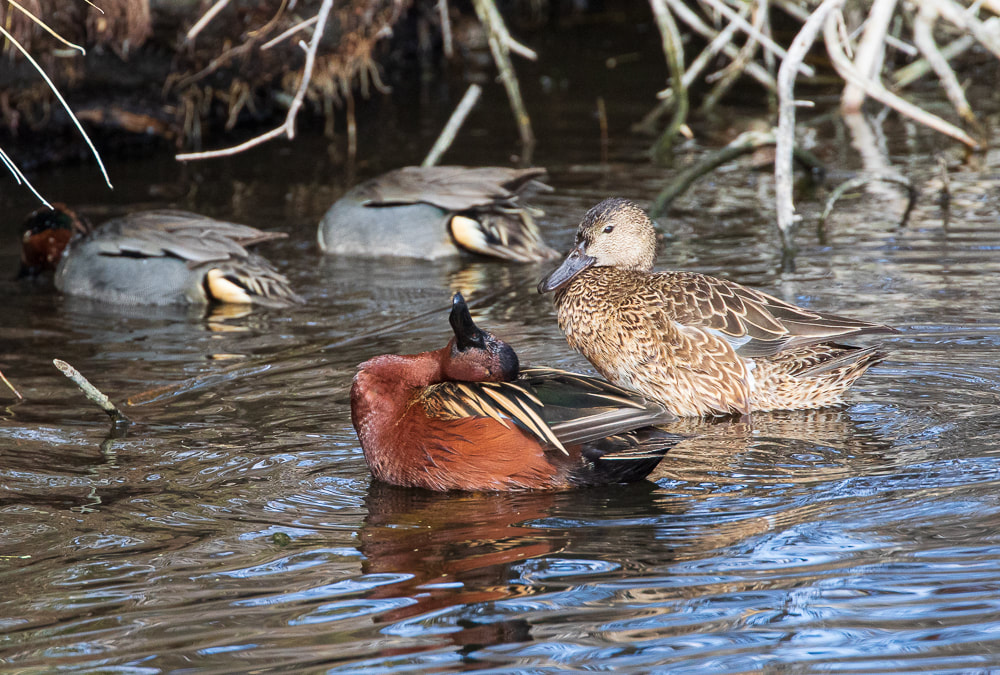
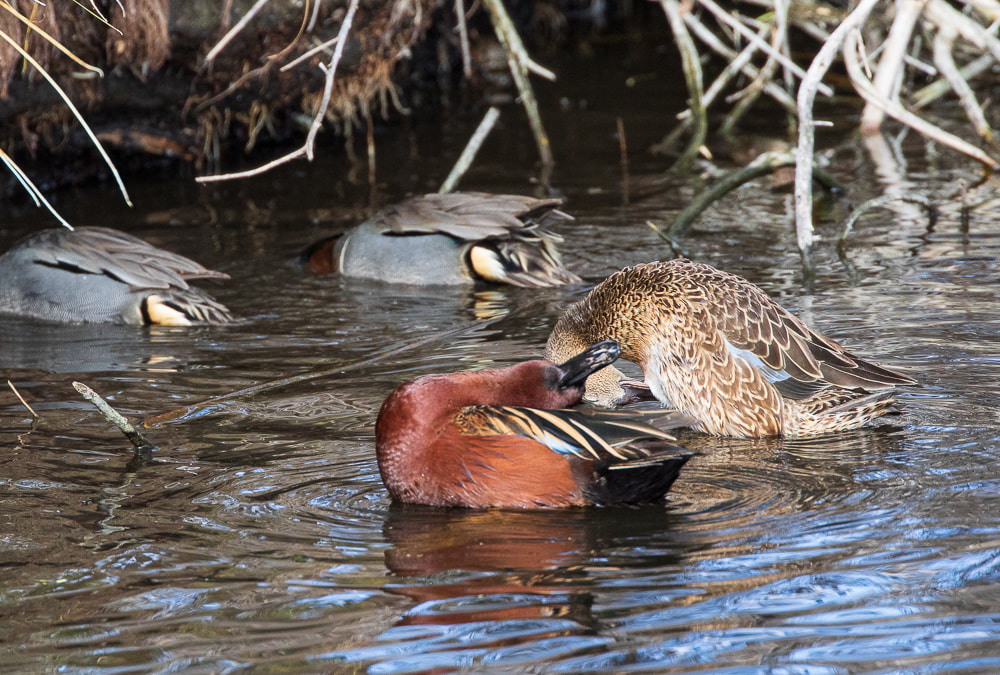
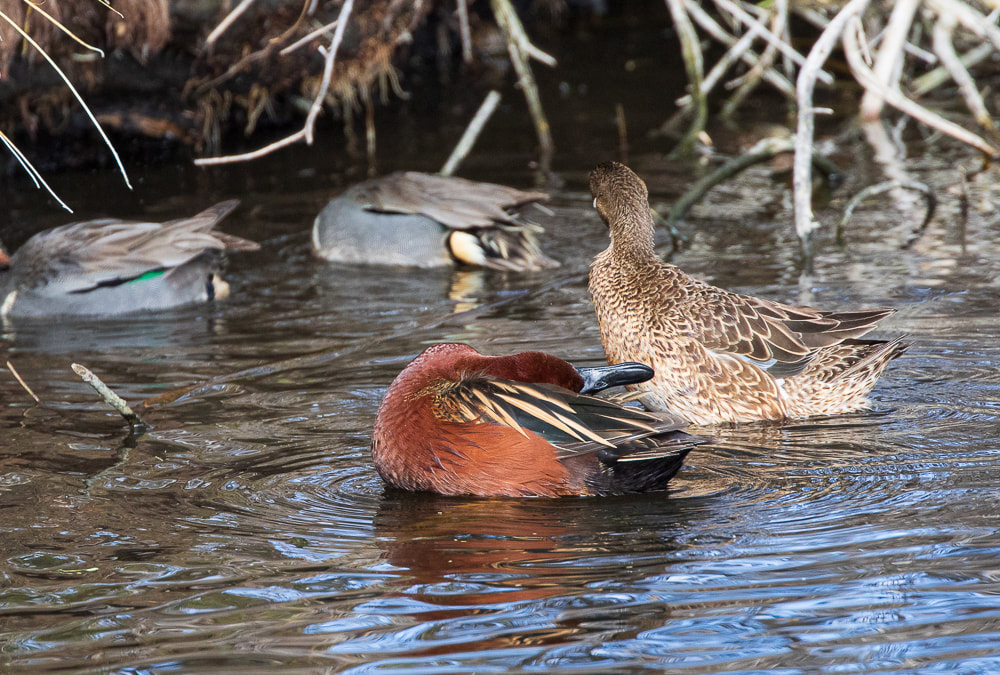
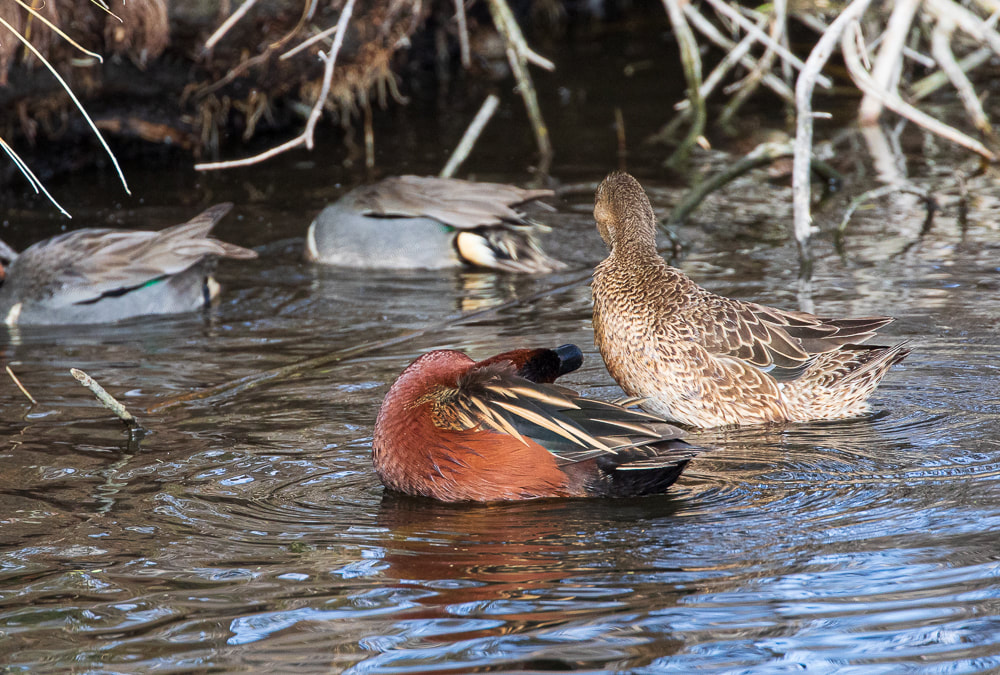
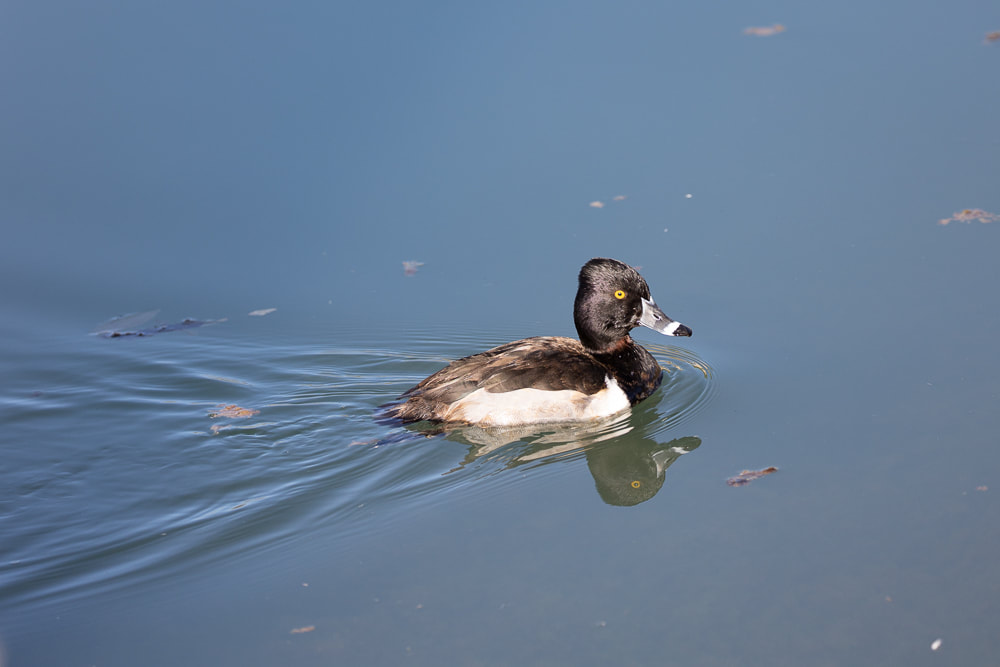
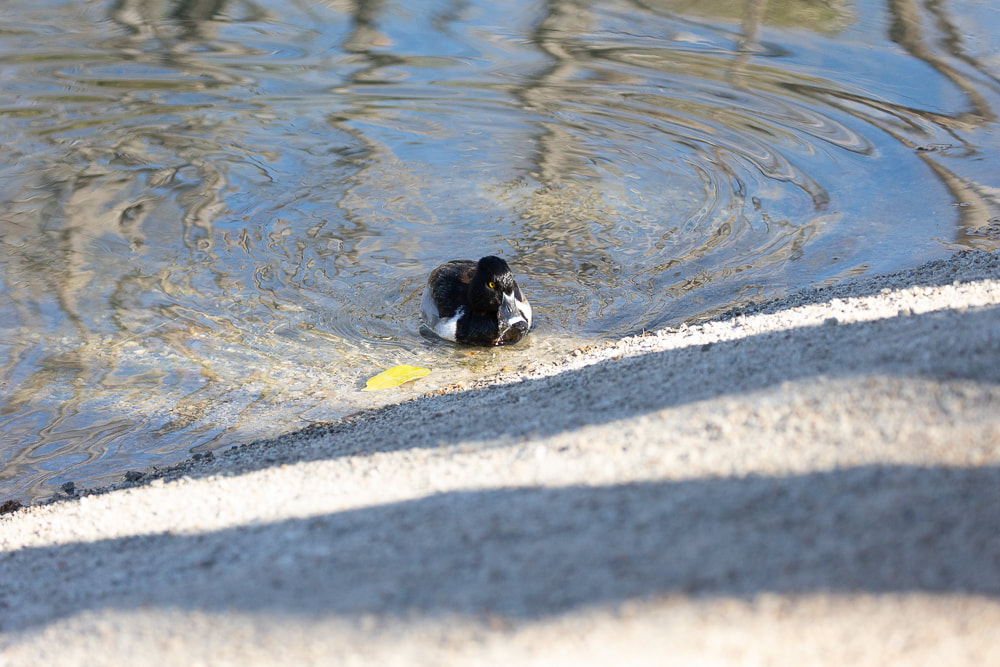
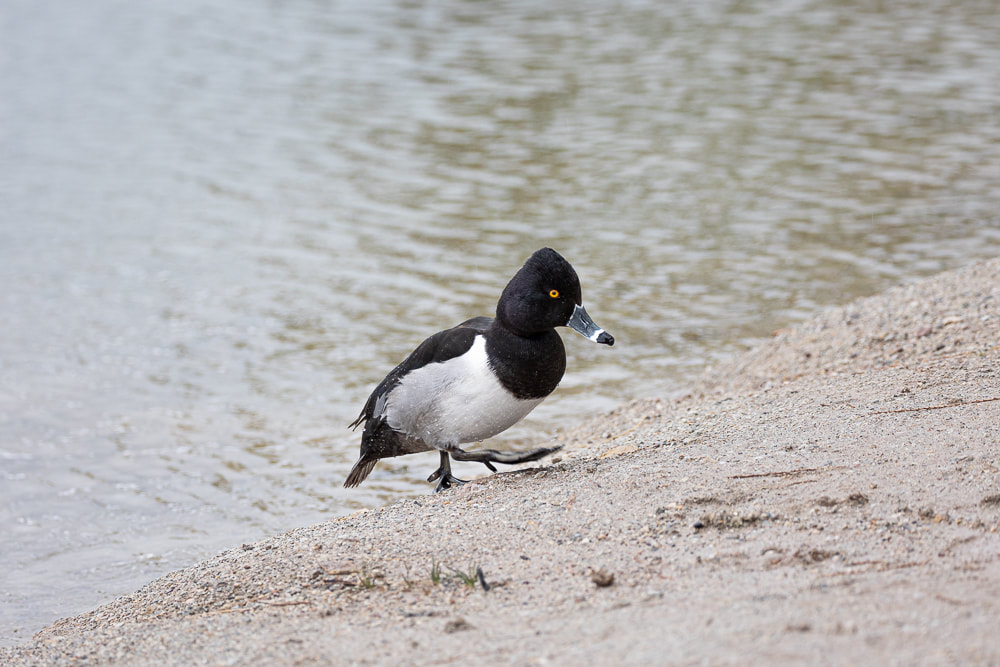
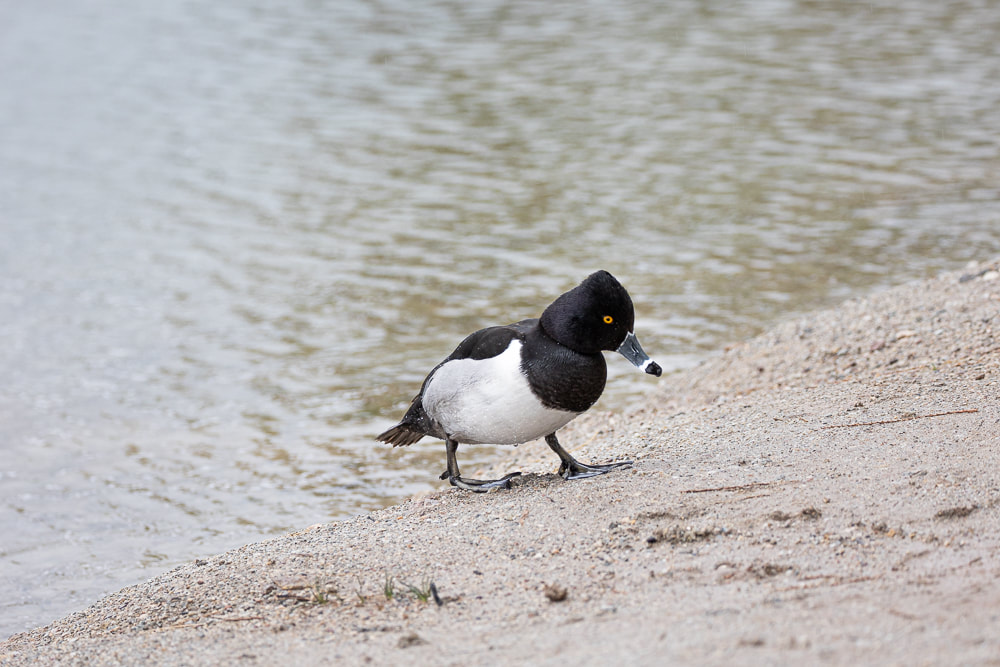
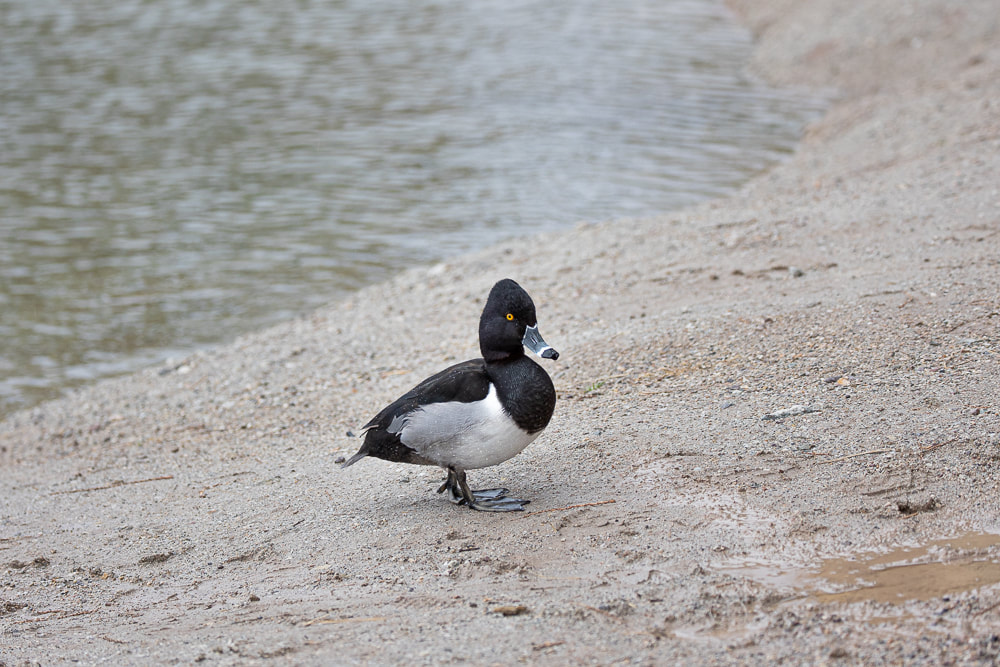
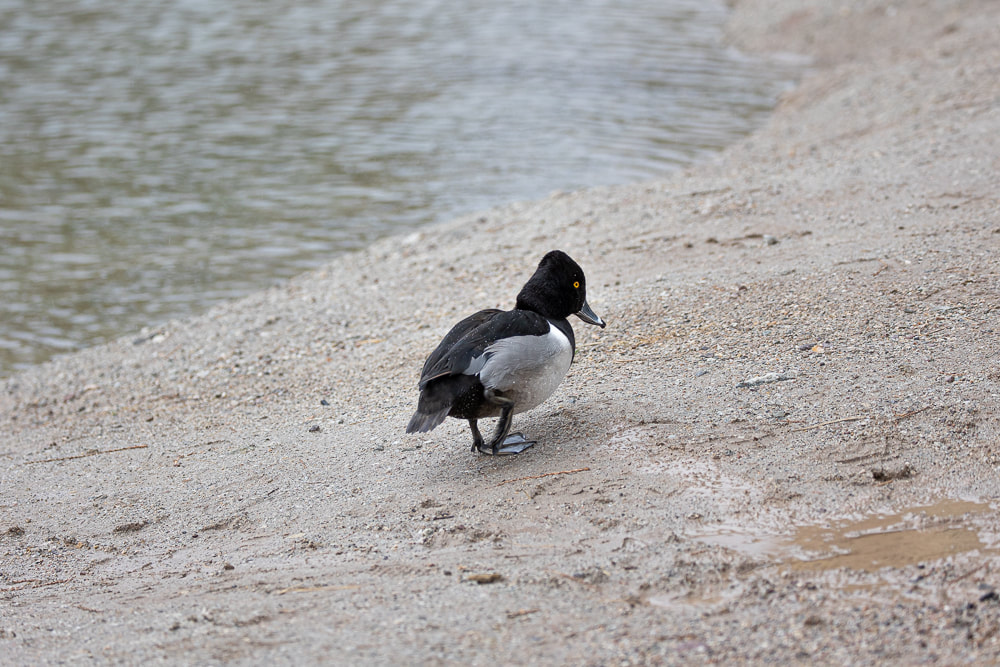
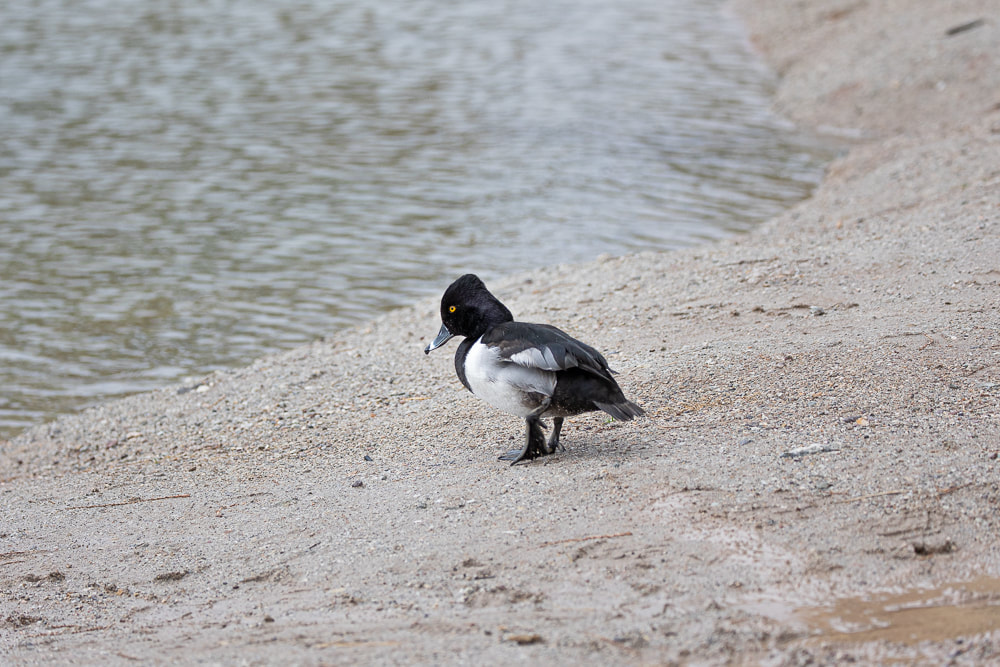
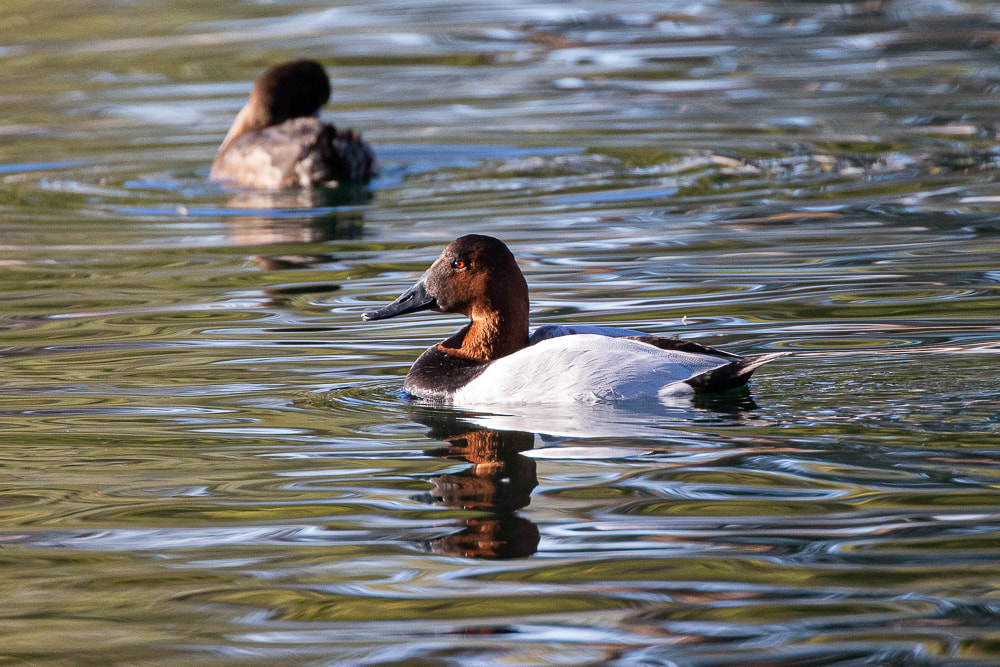
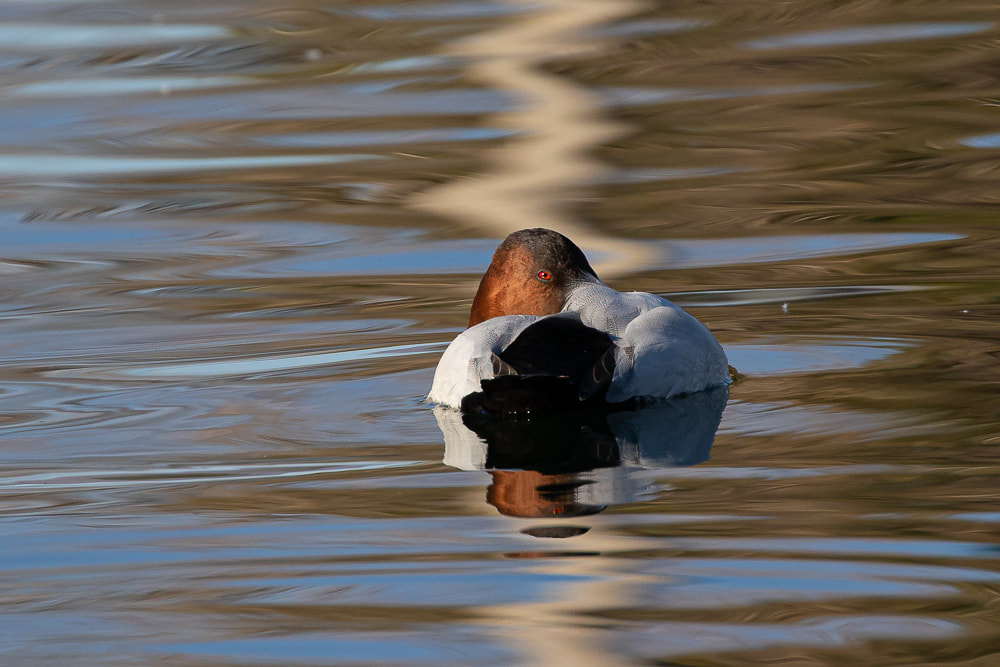
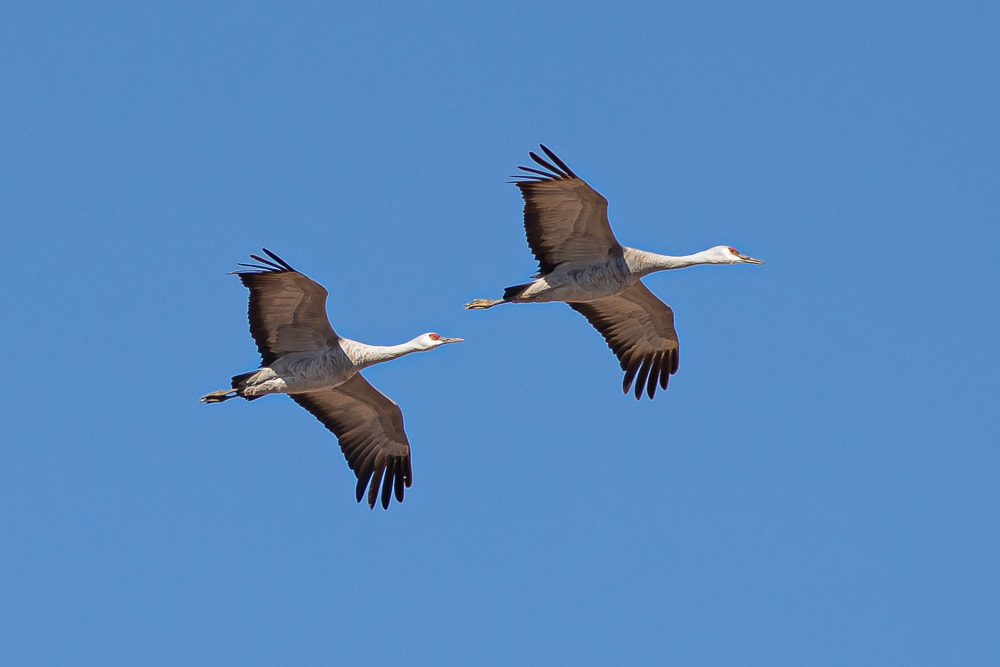
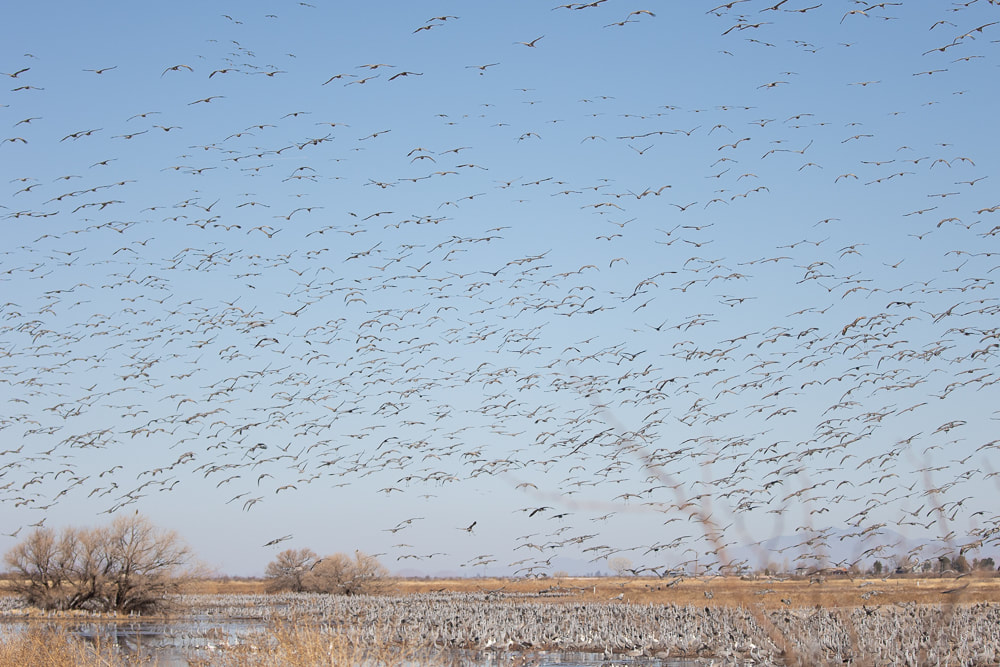
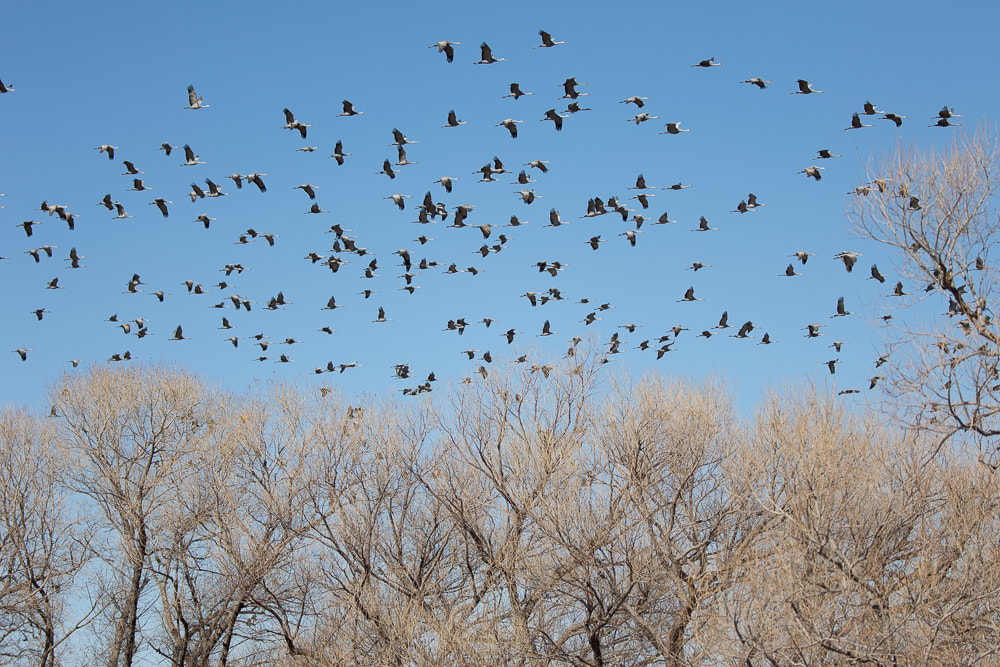
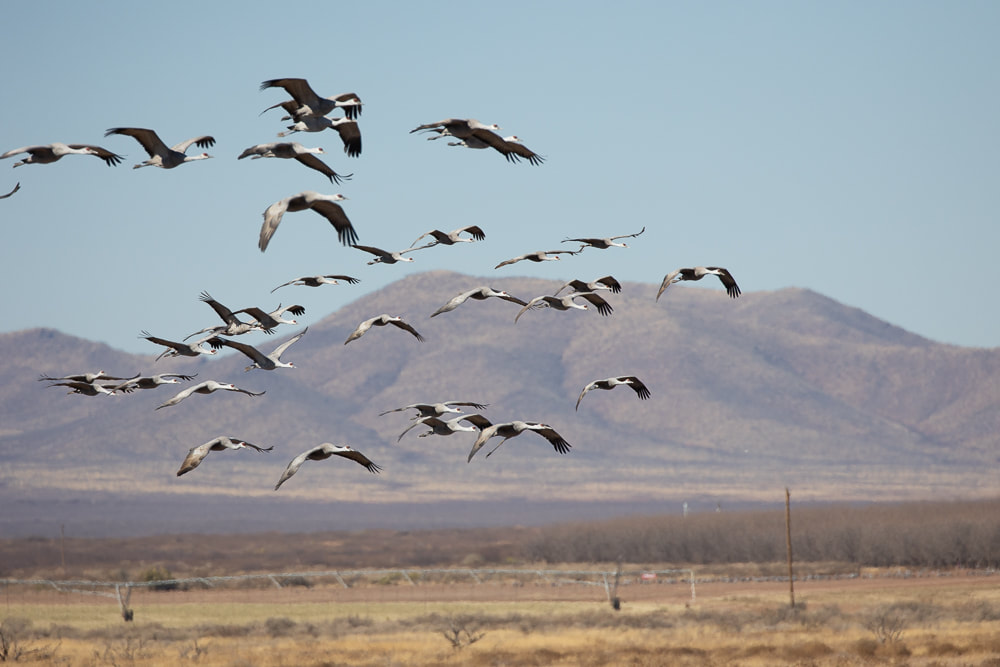
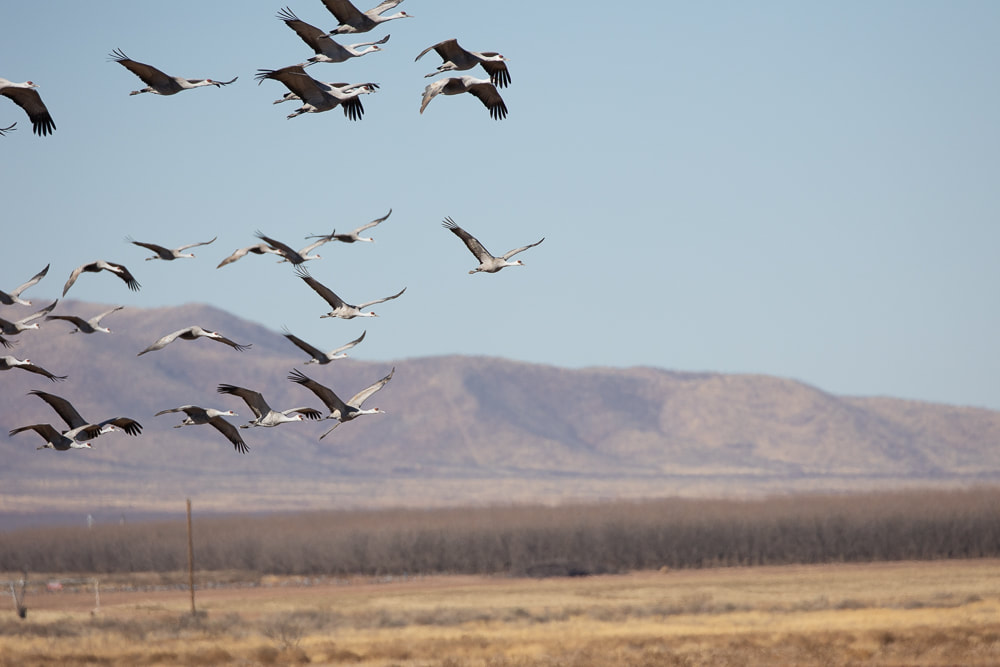
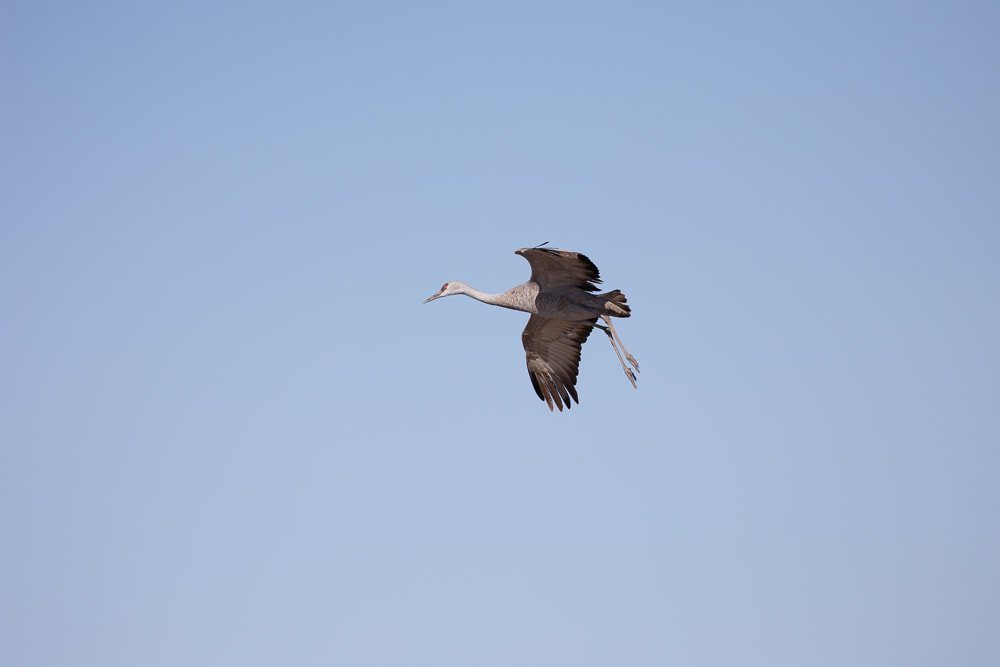
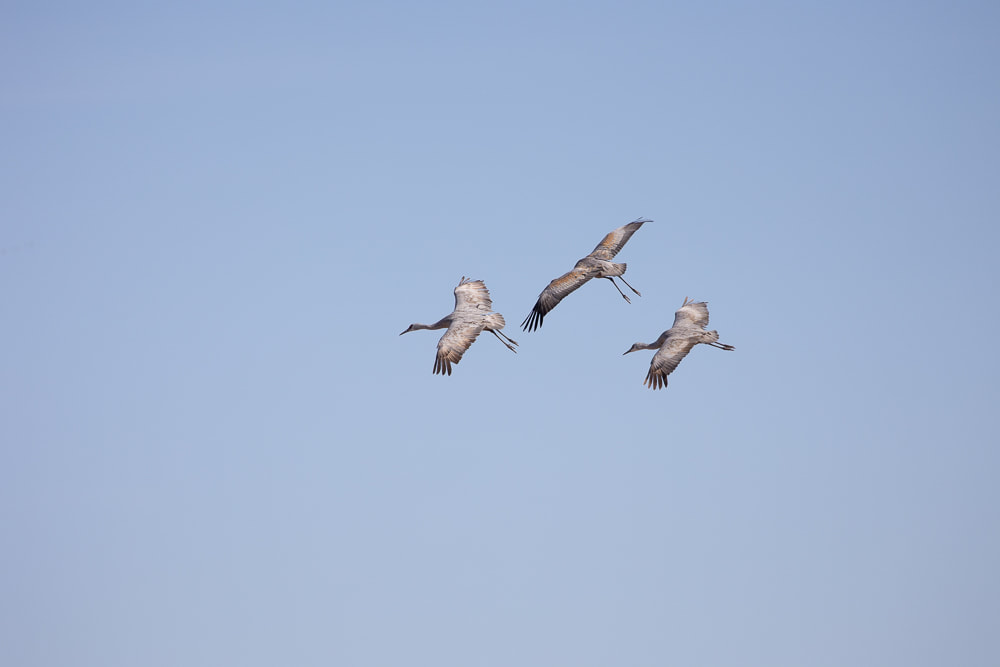
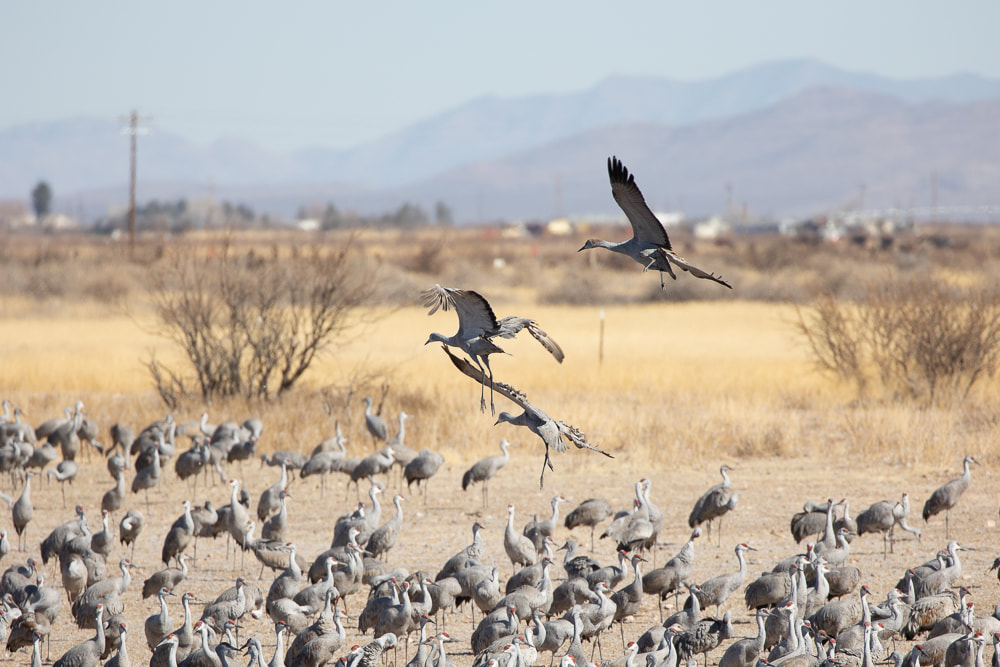
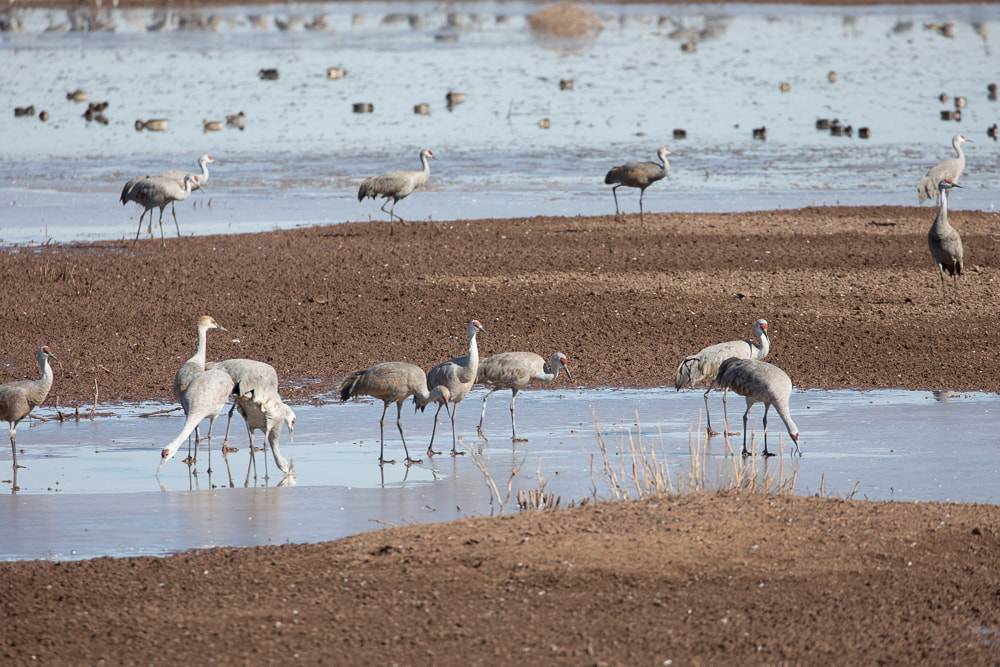
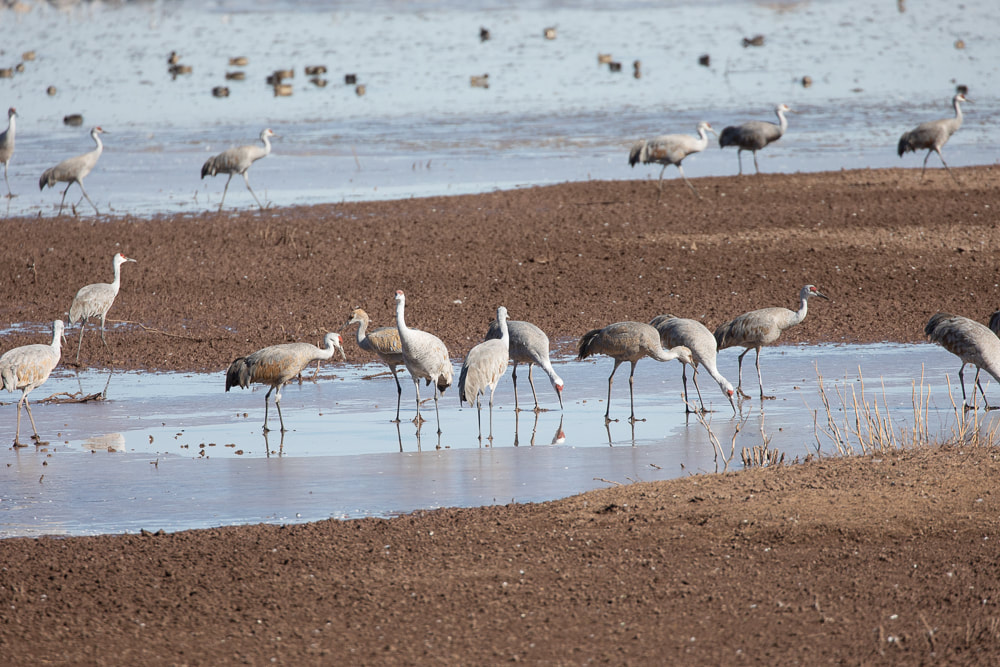
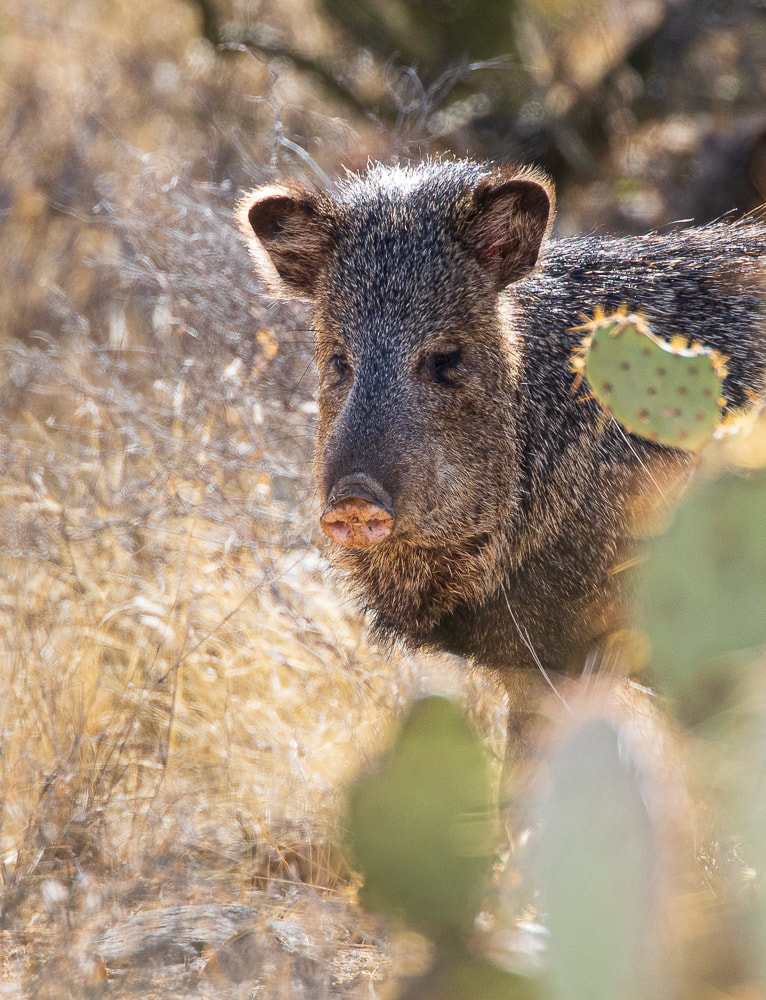
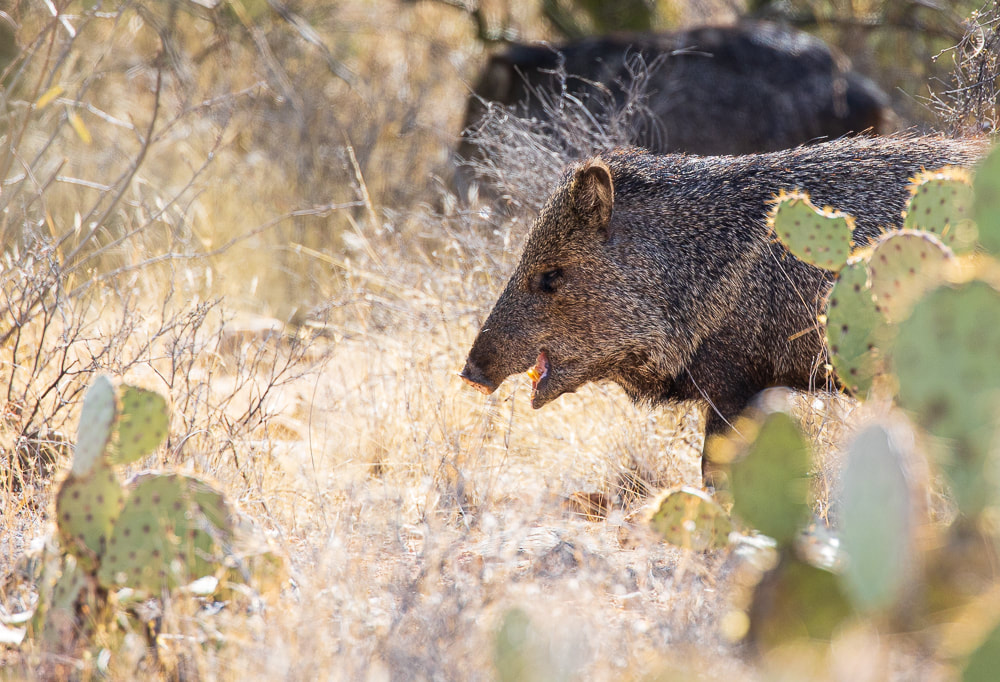
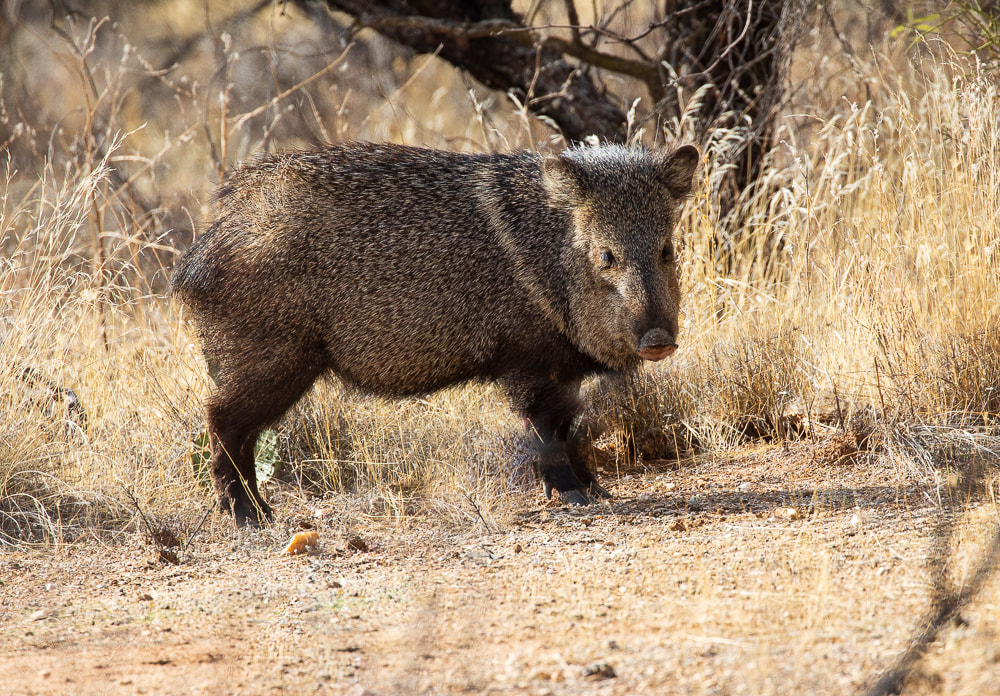
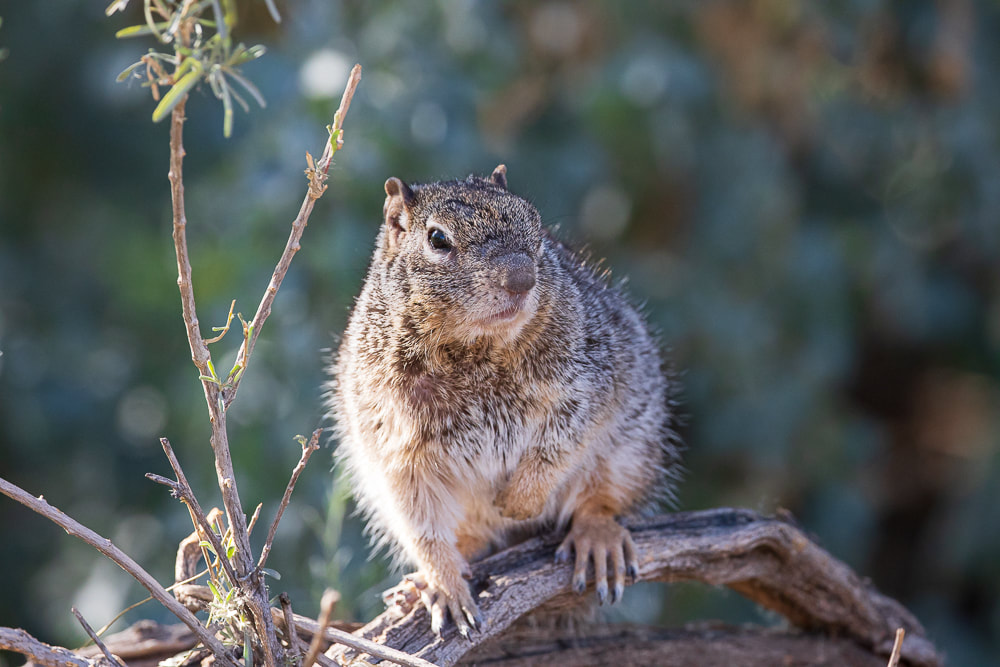
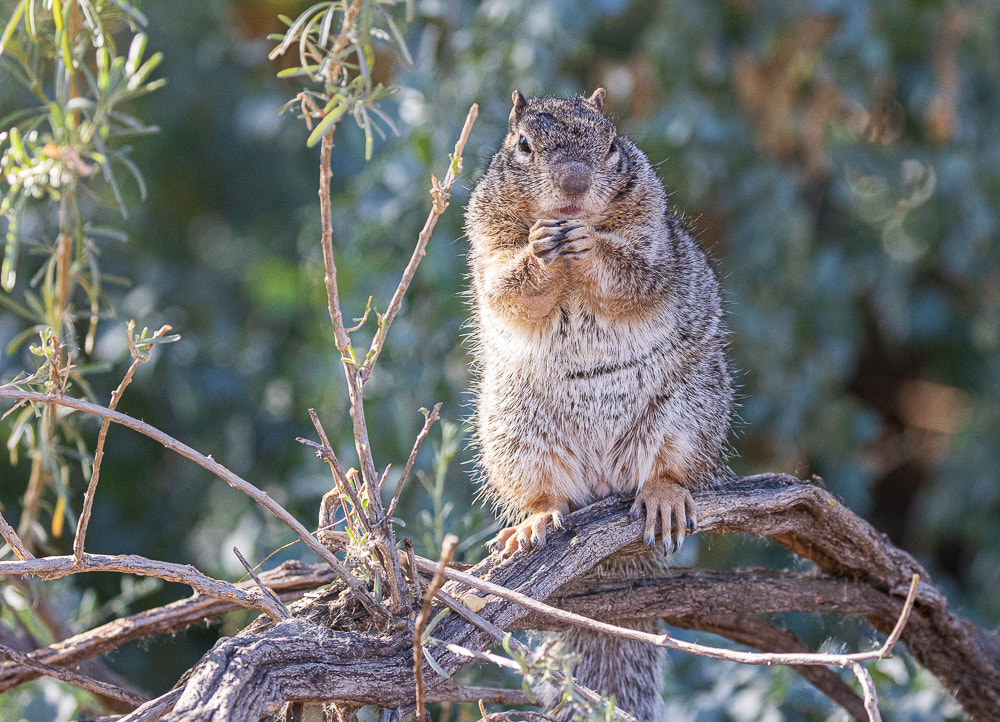
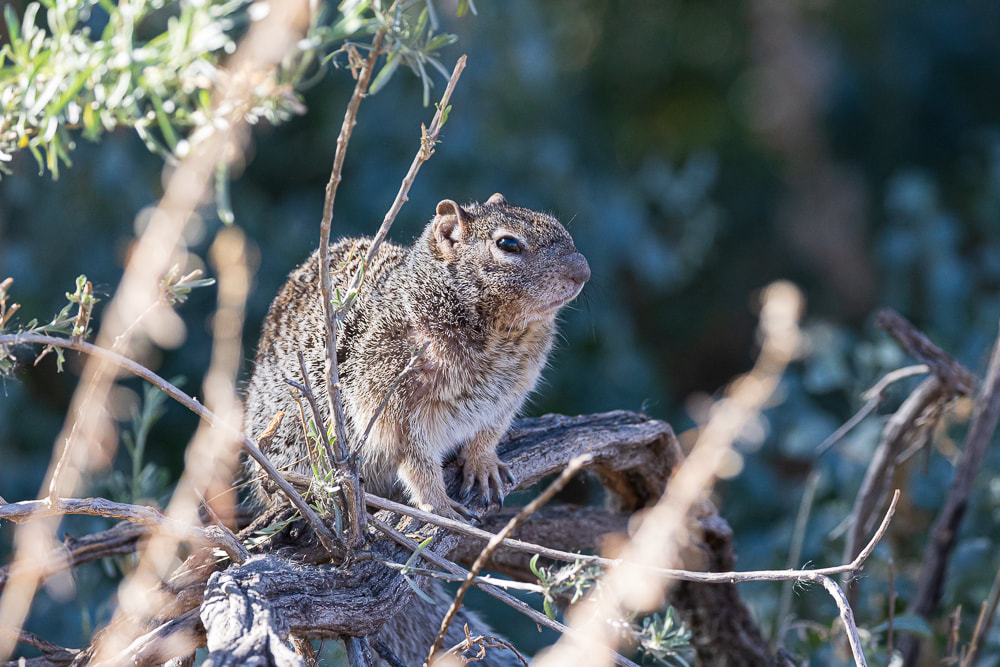
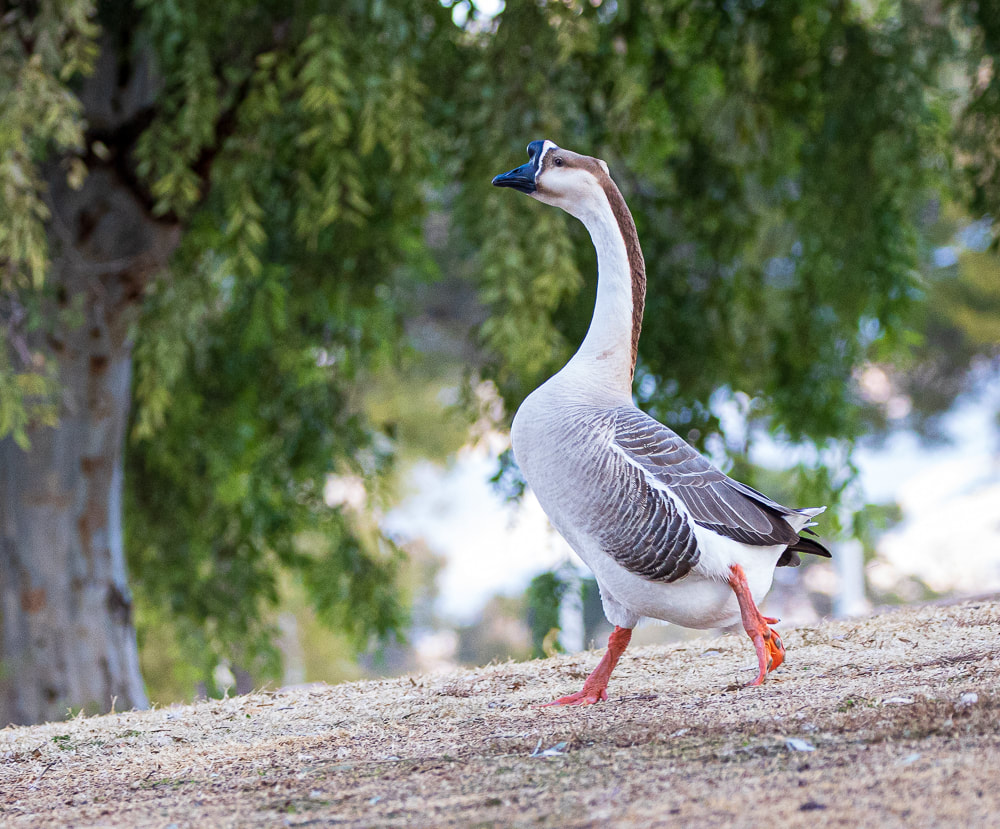
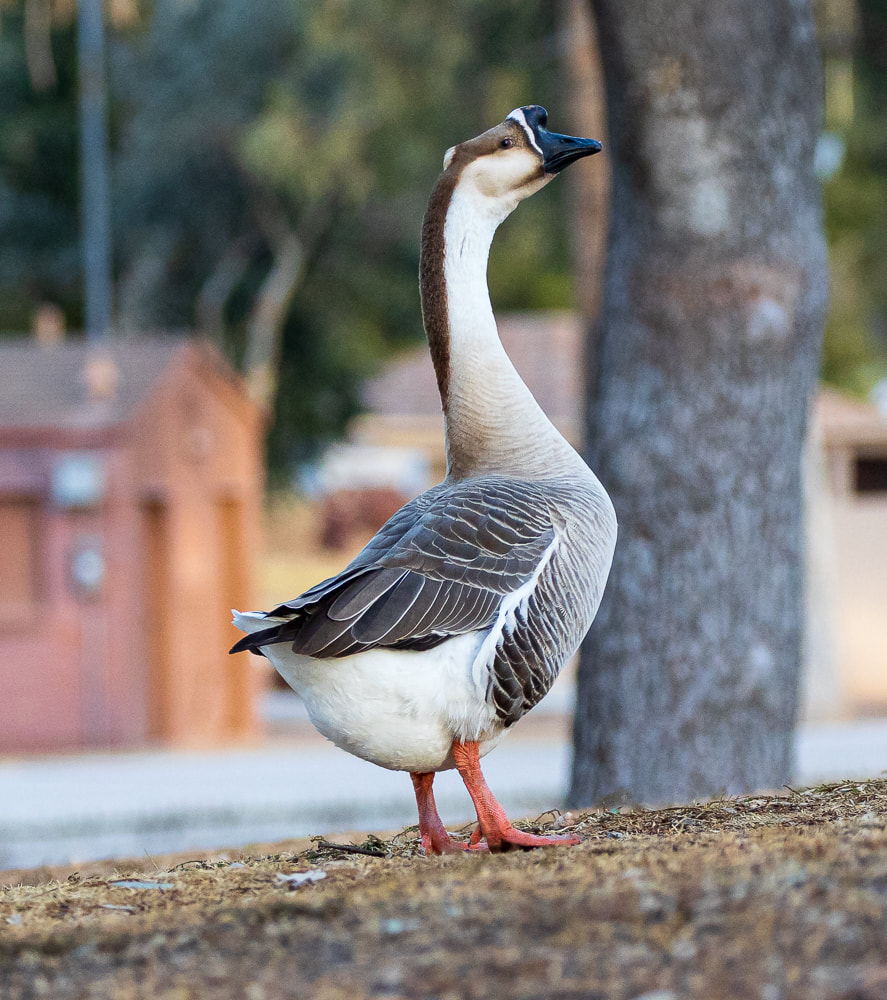
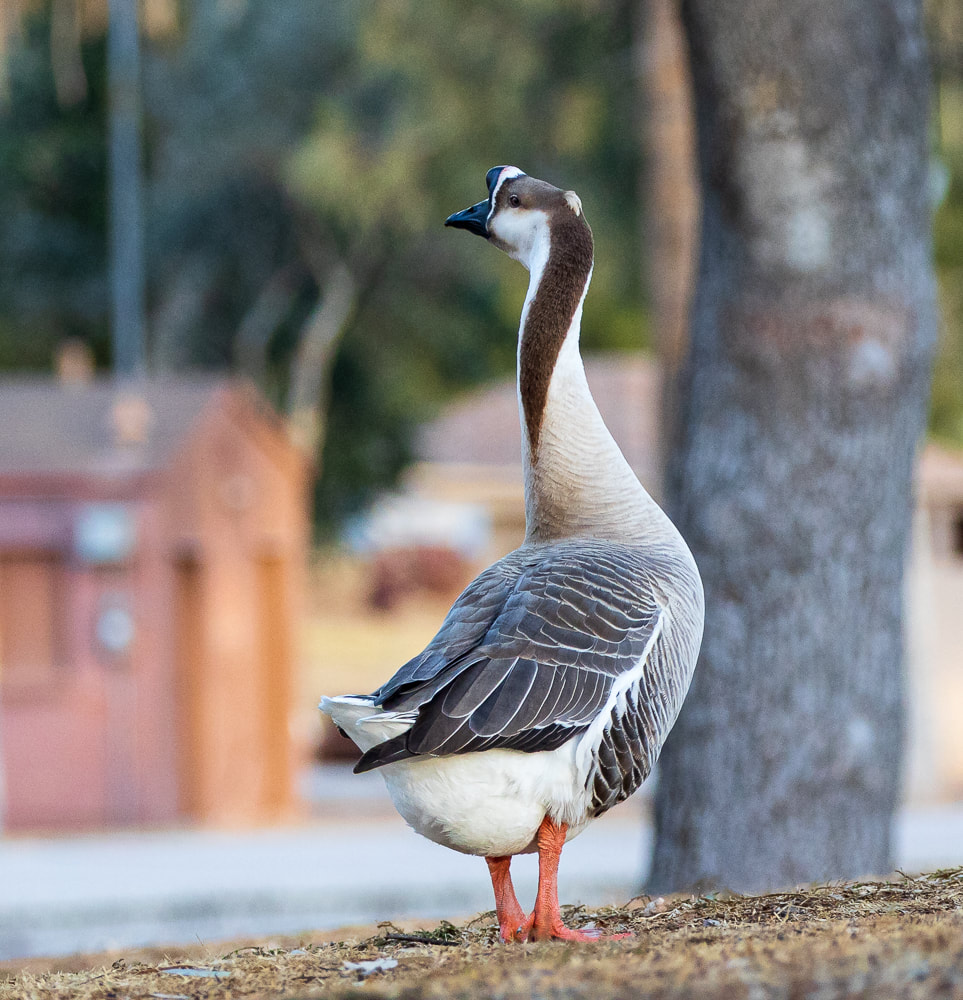
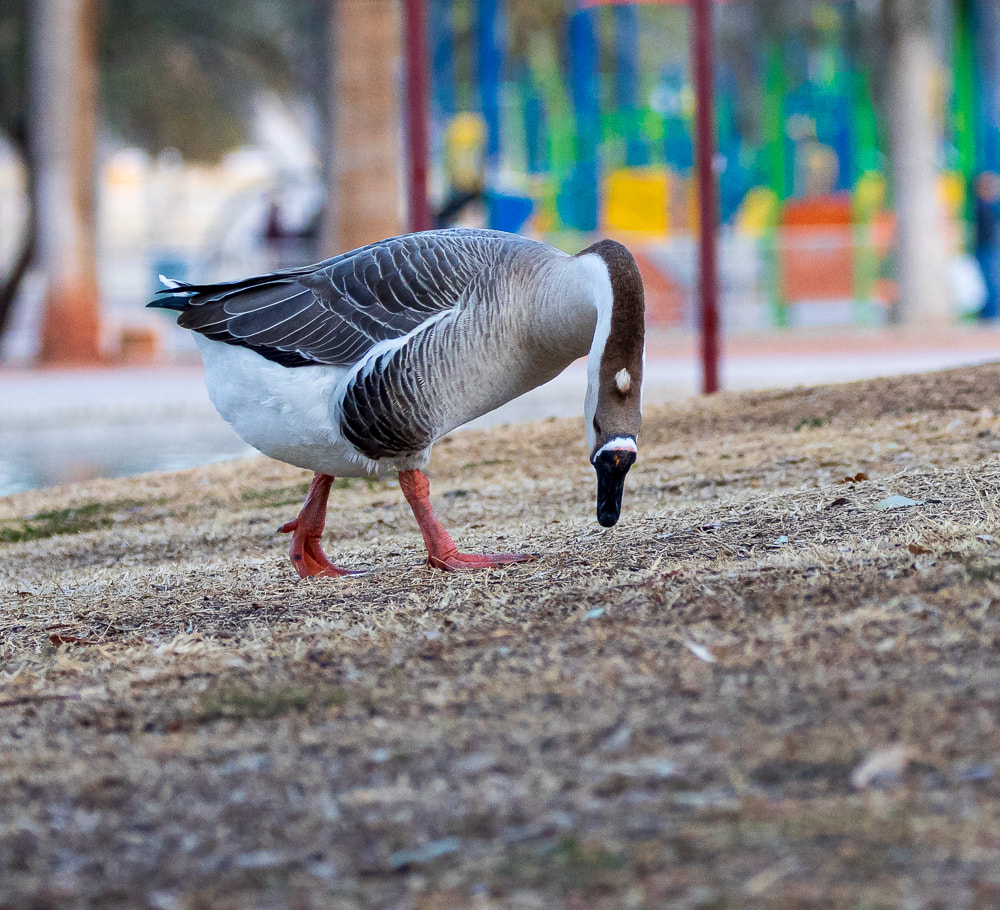
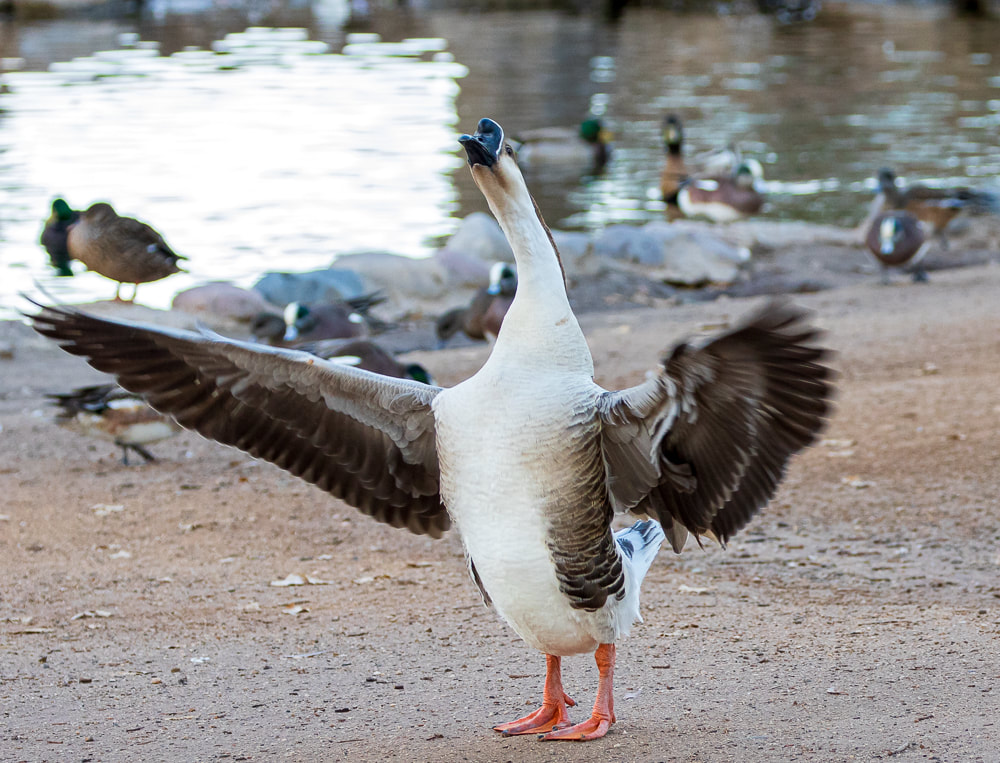
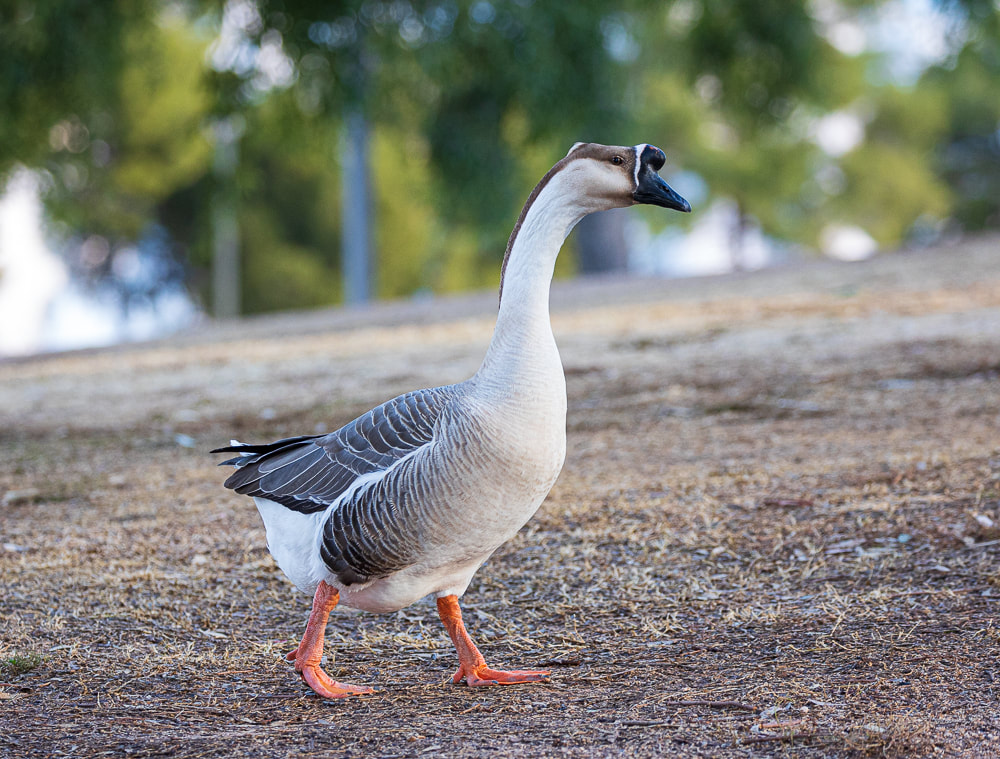
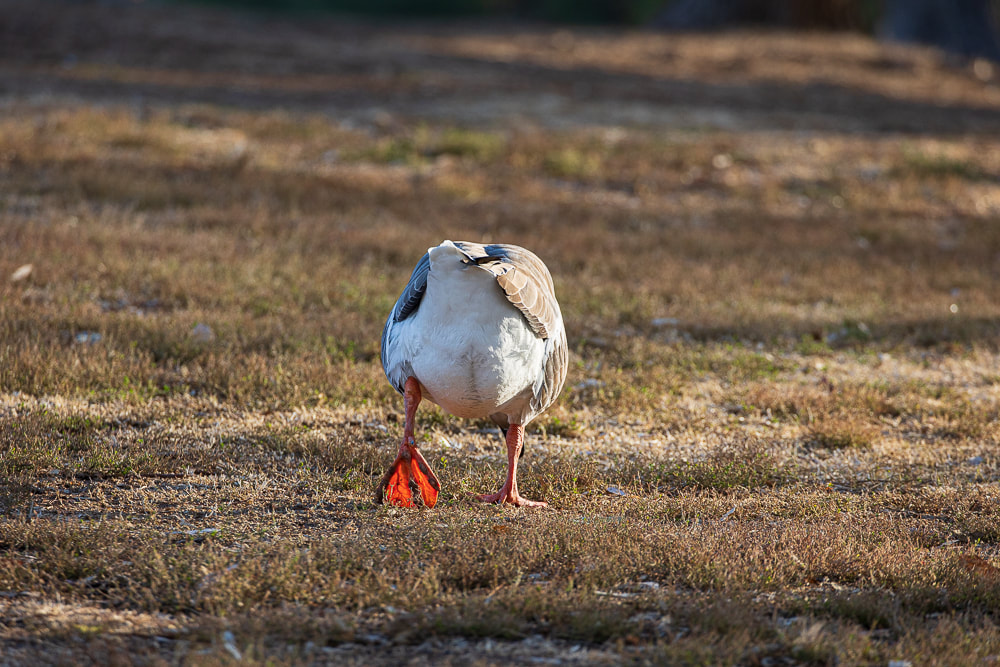
 RSS Feed
RSS Feed